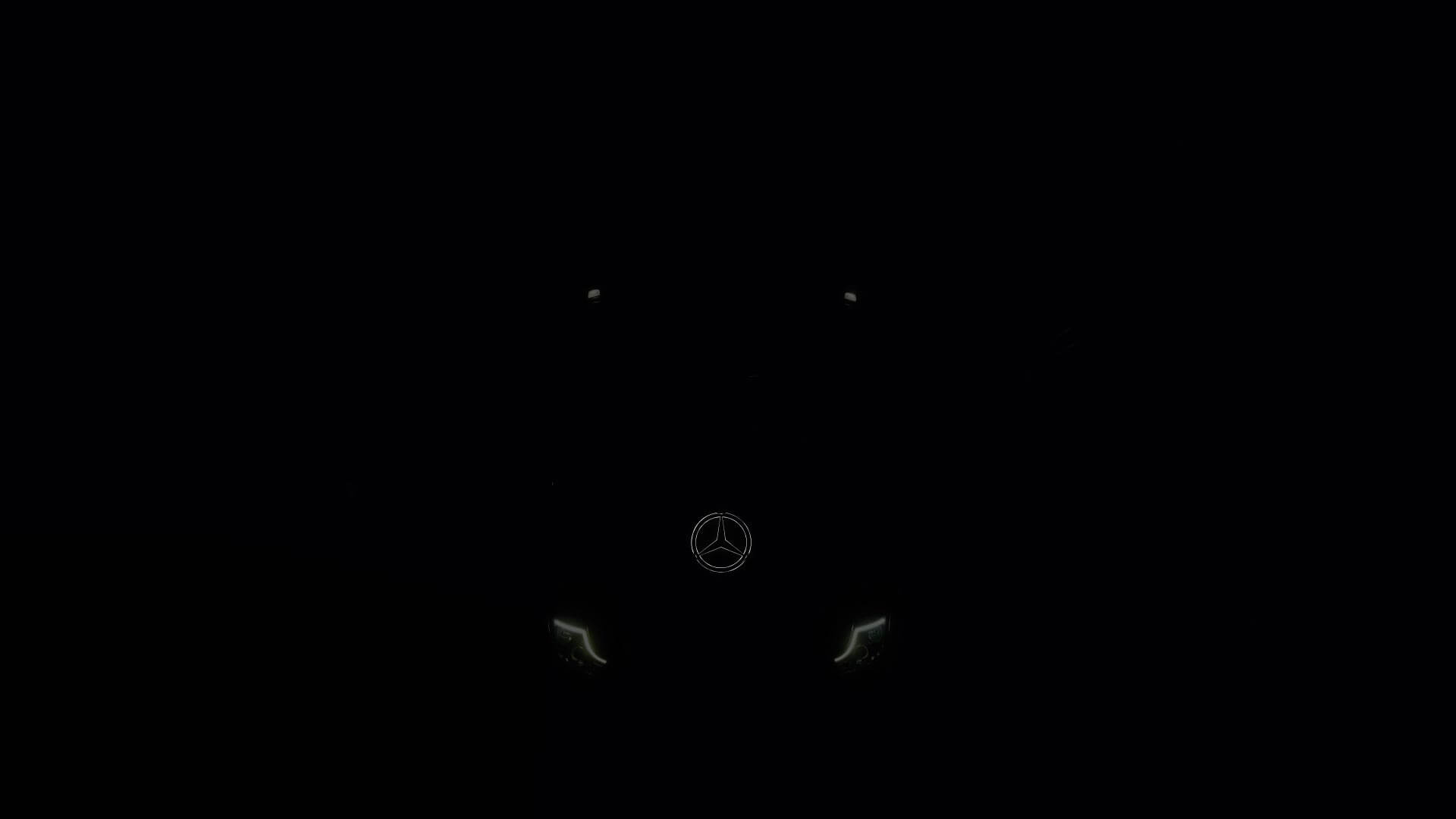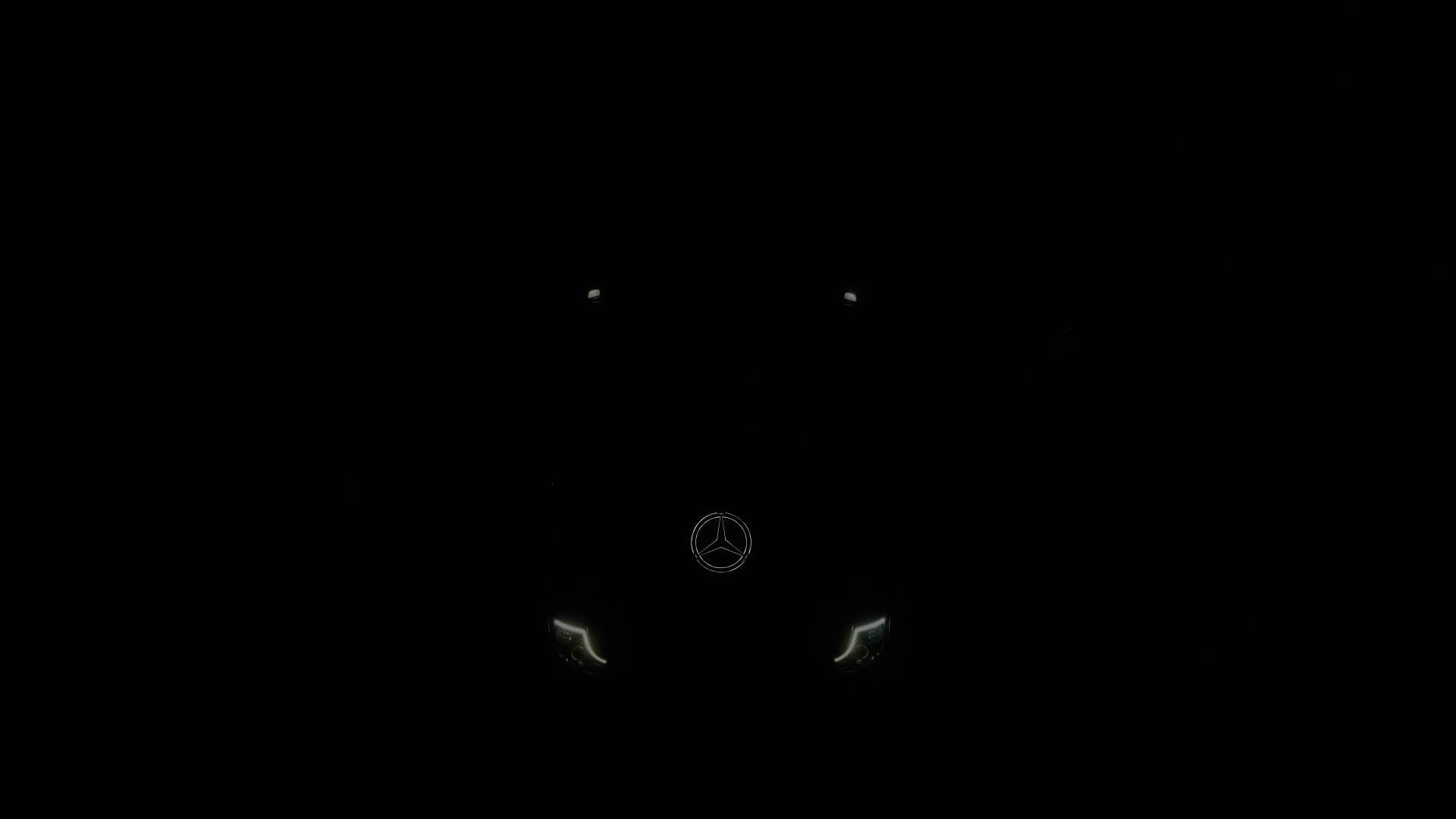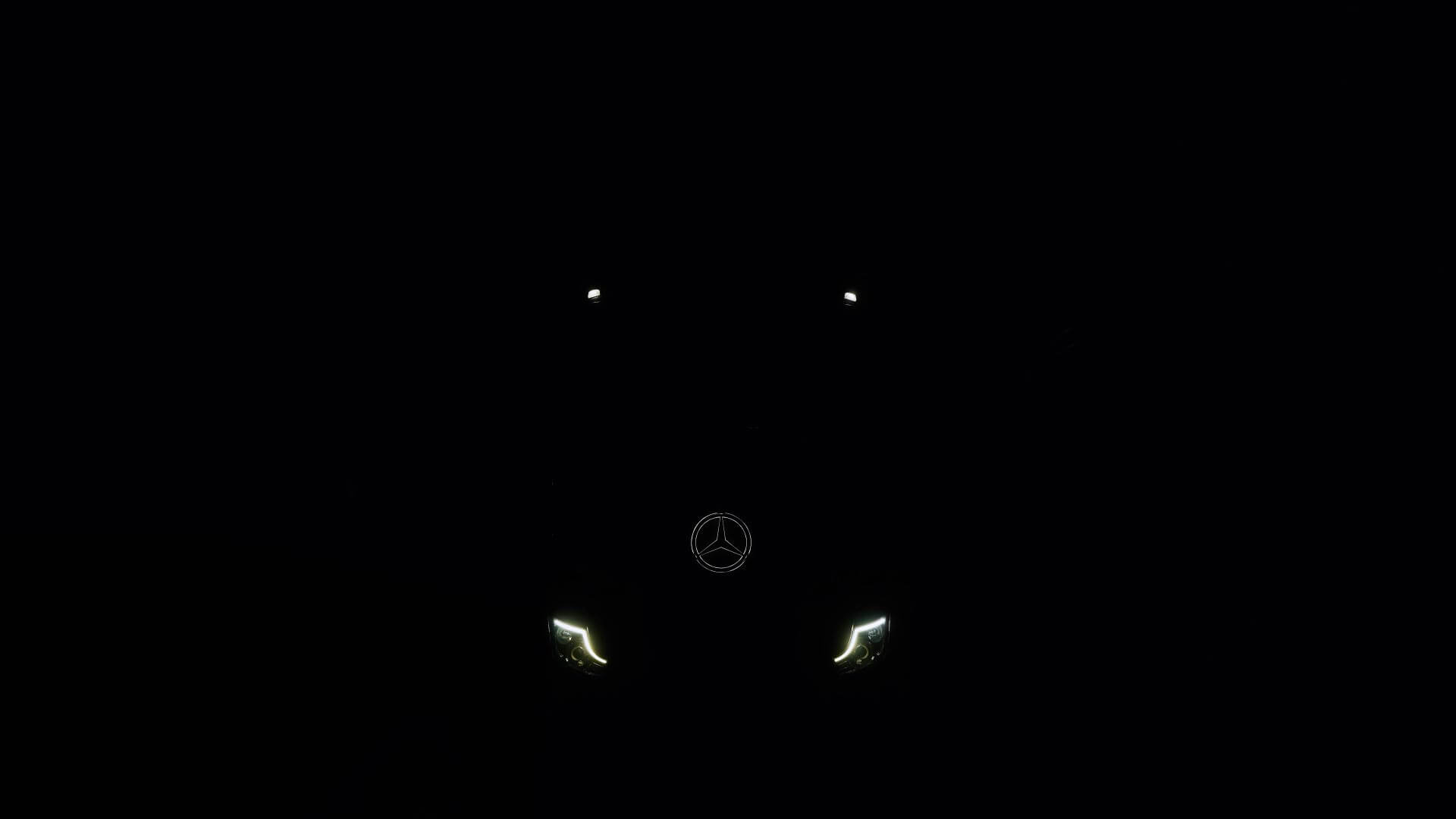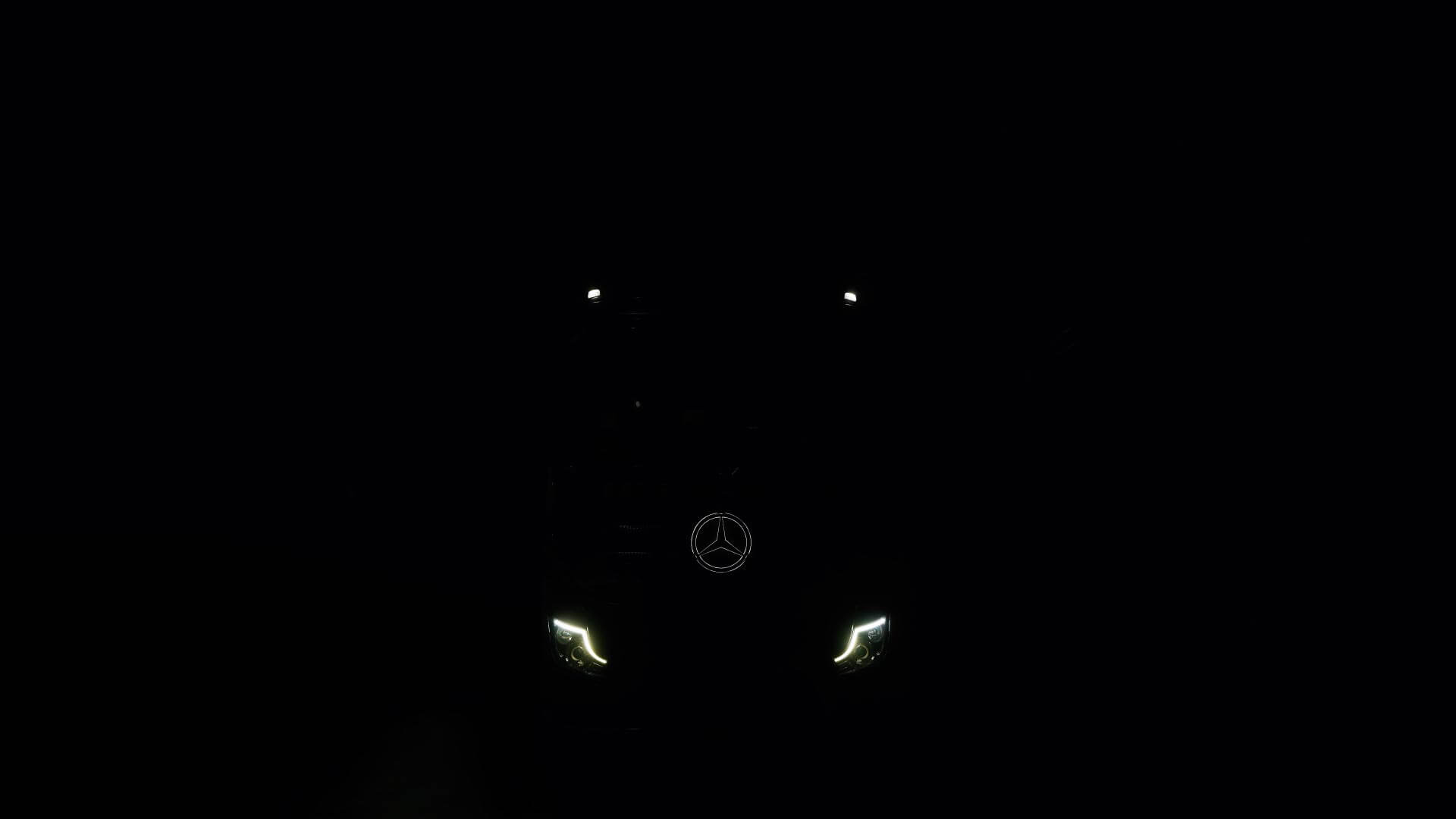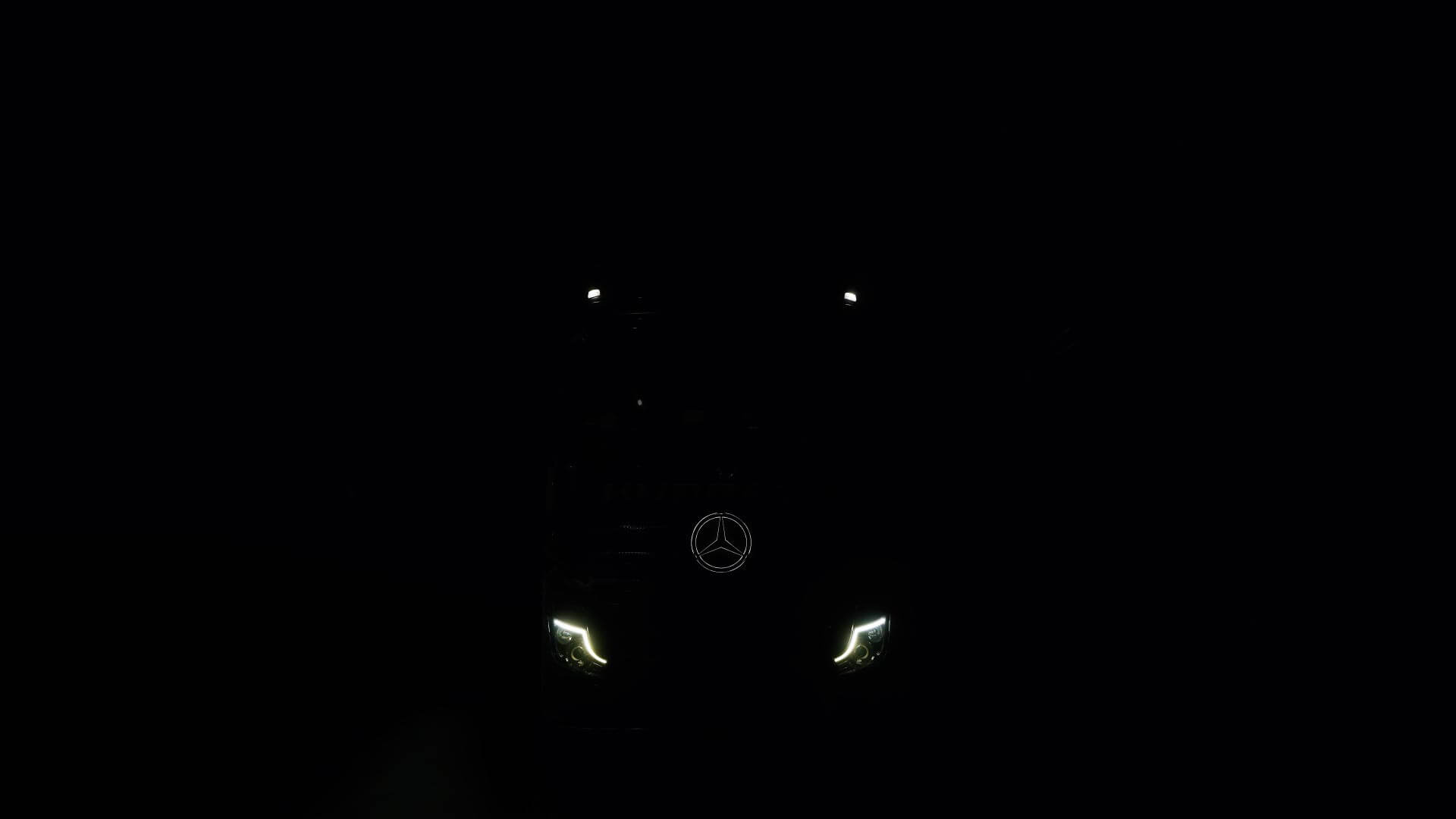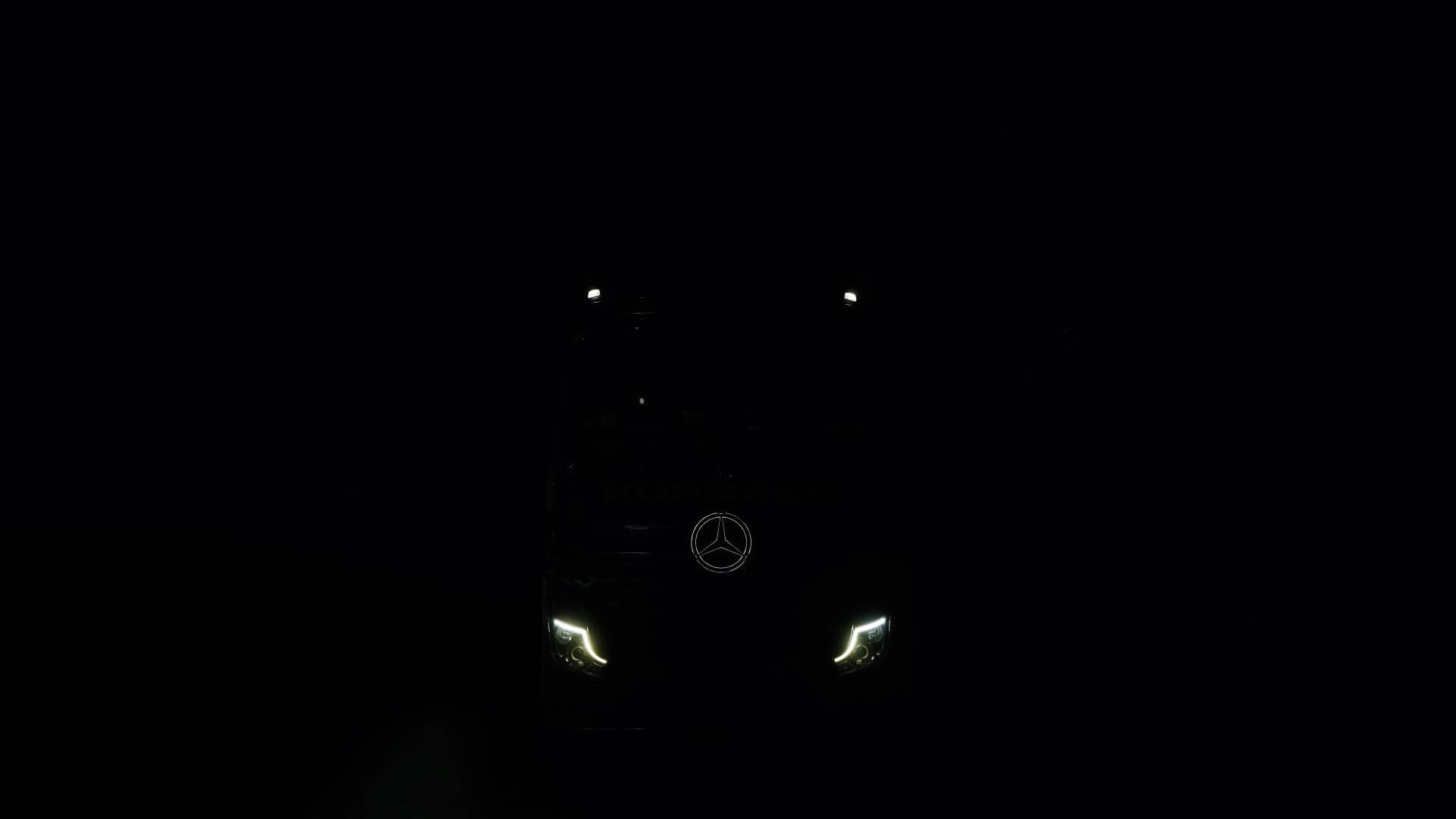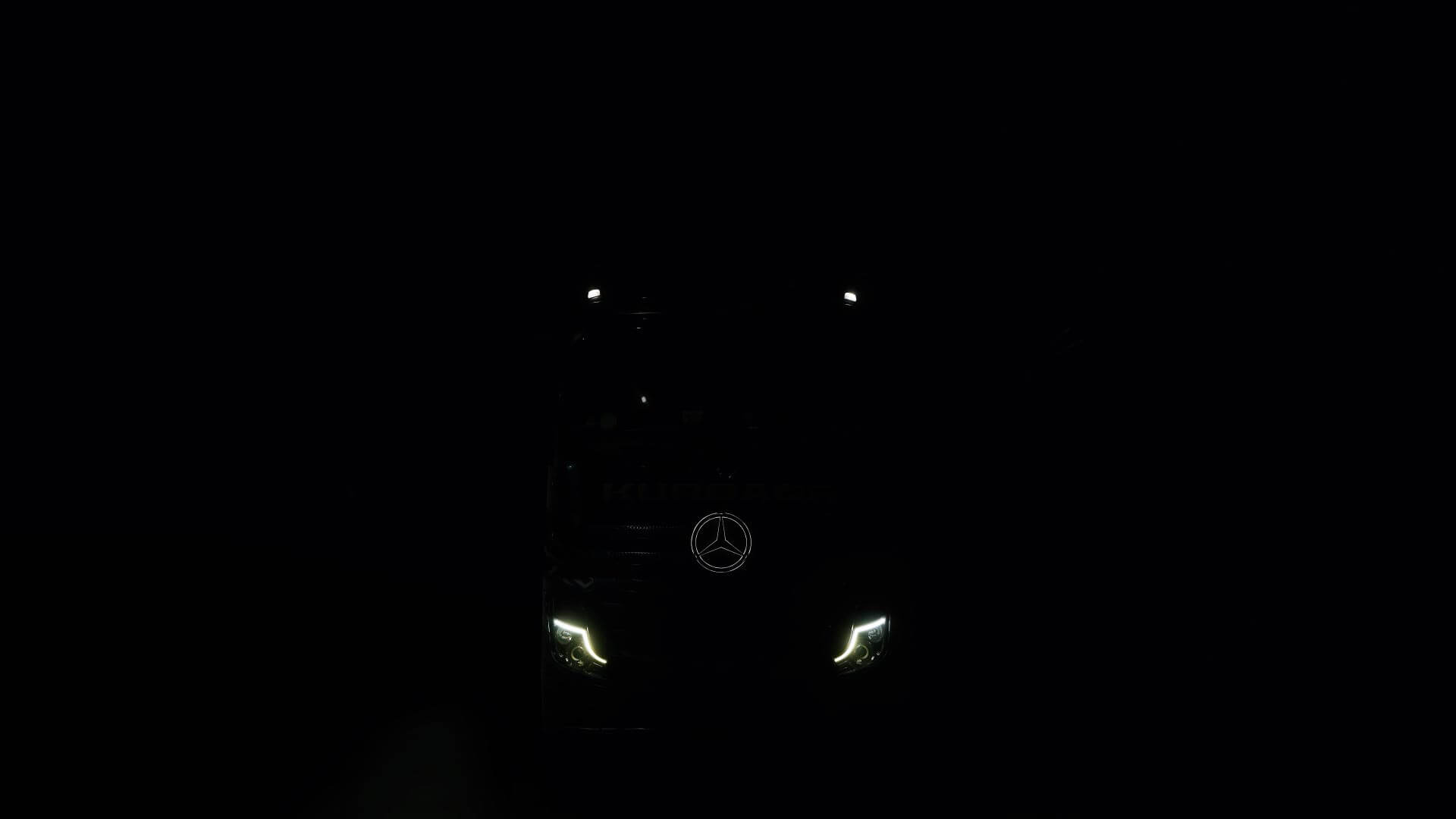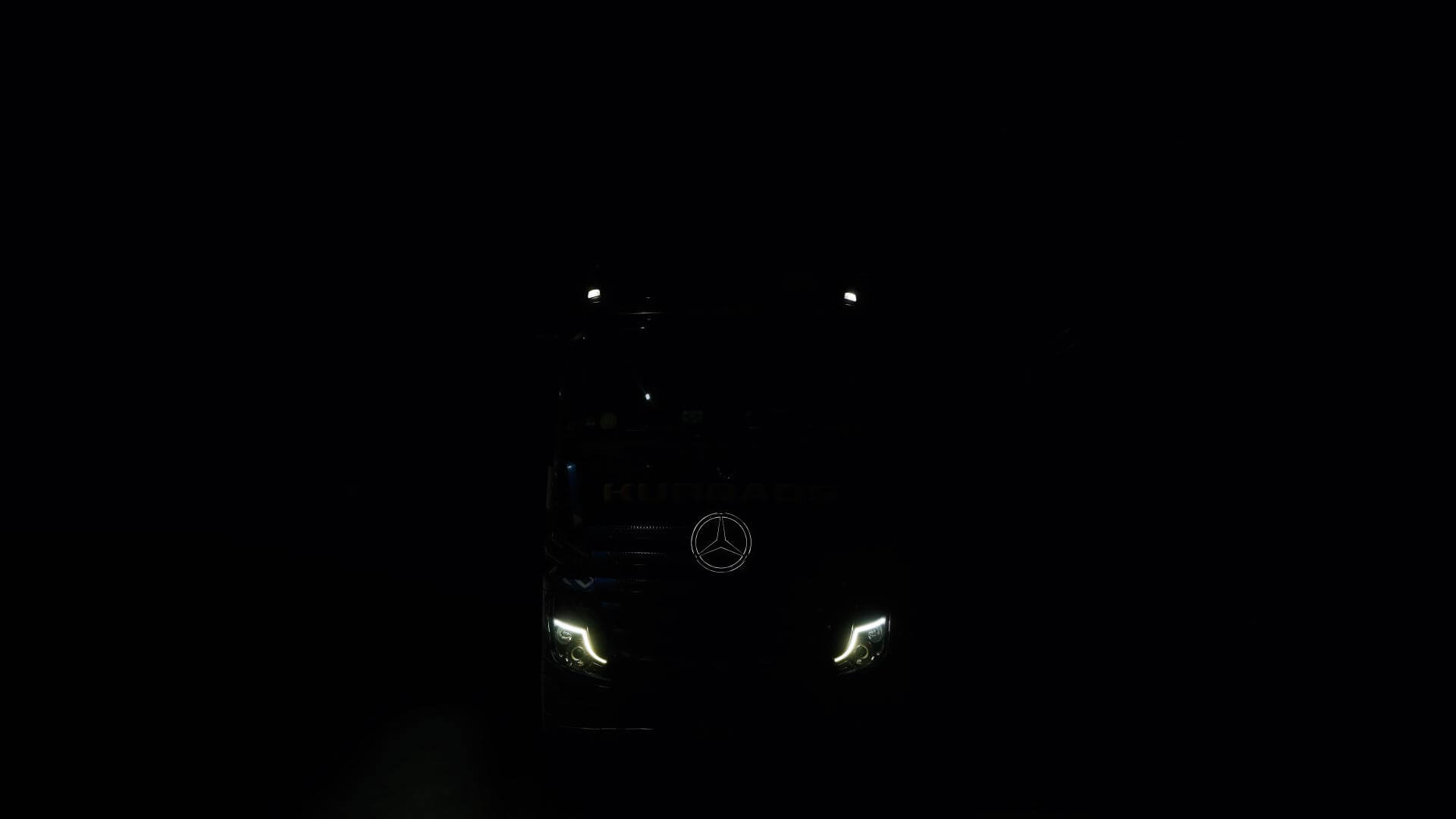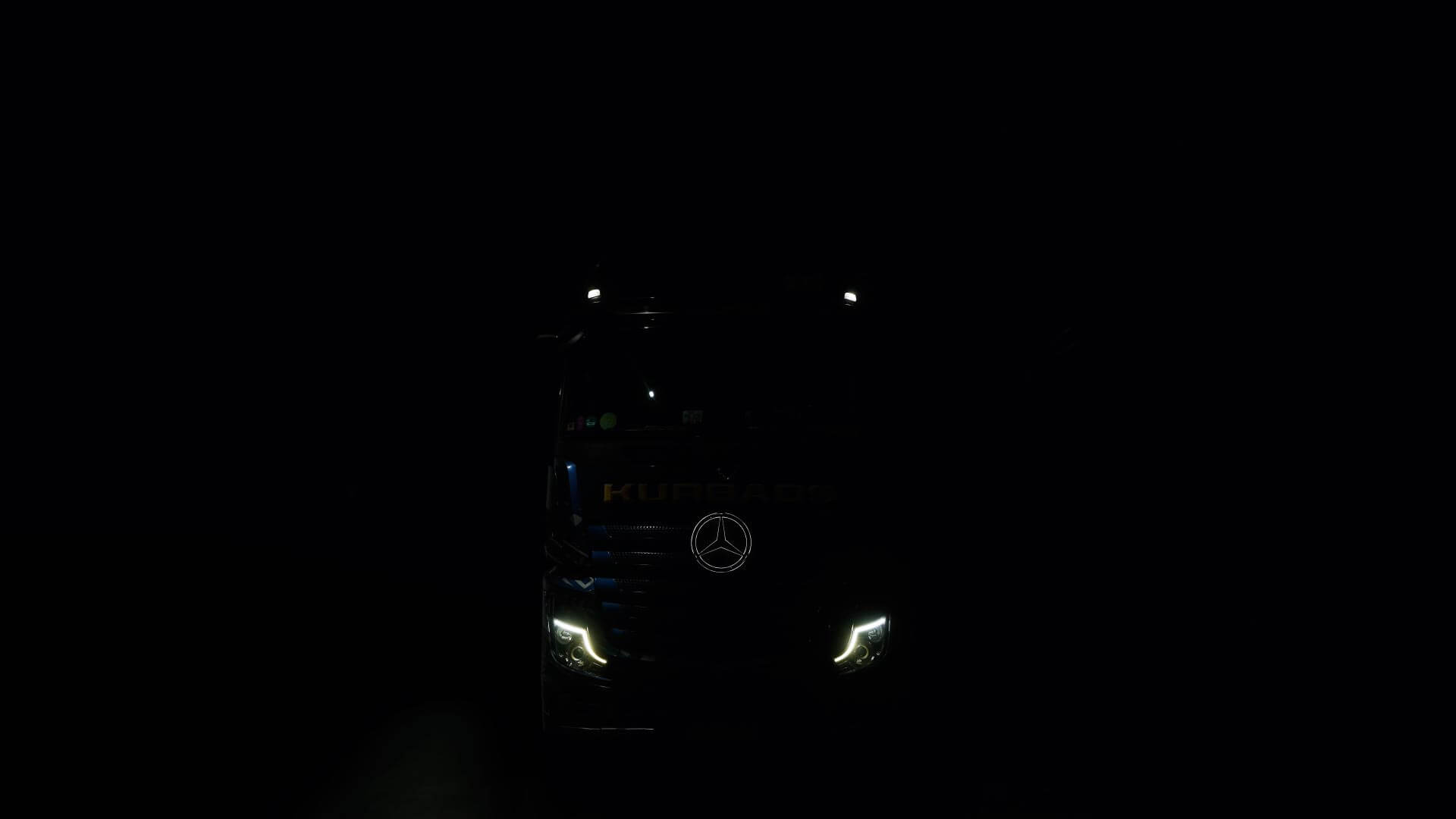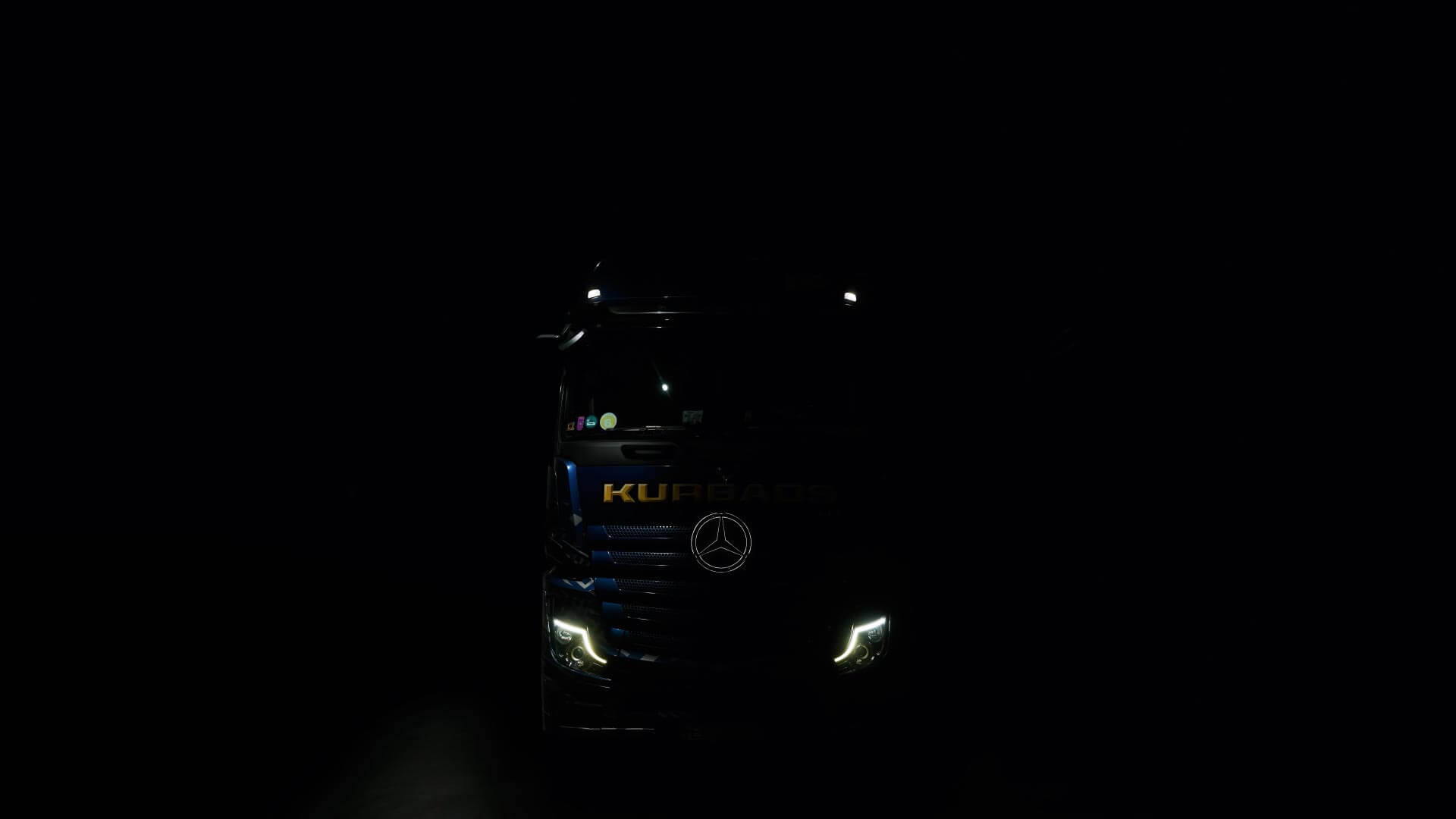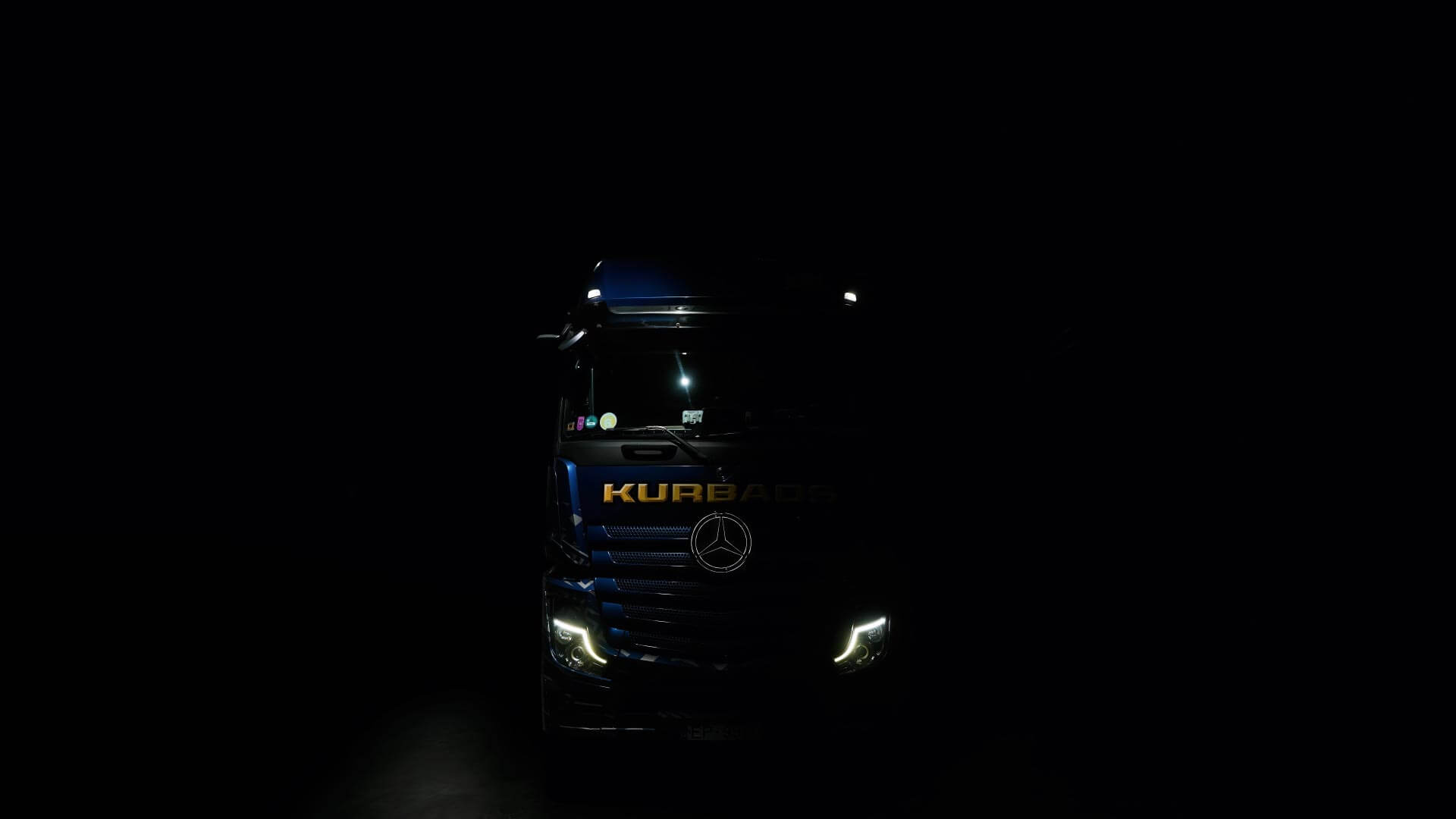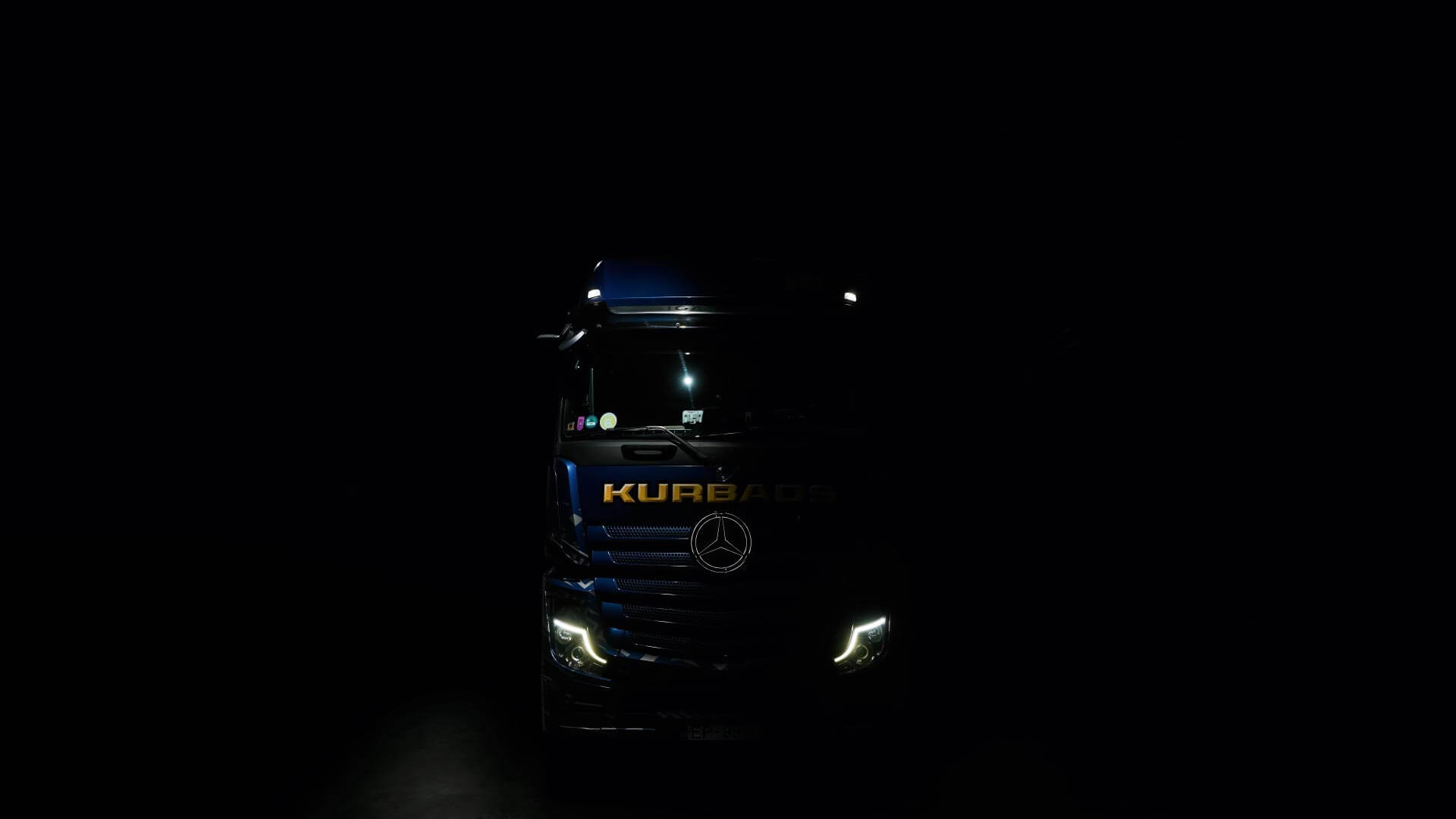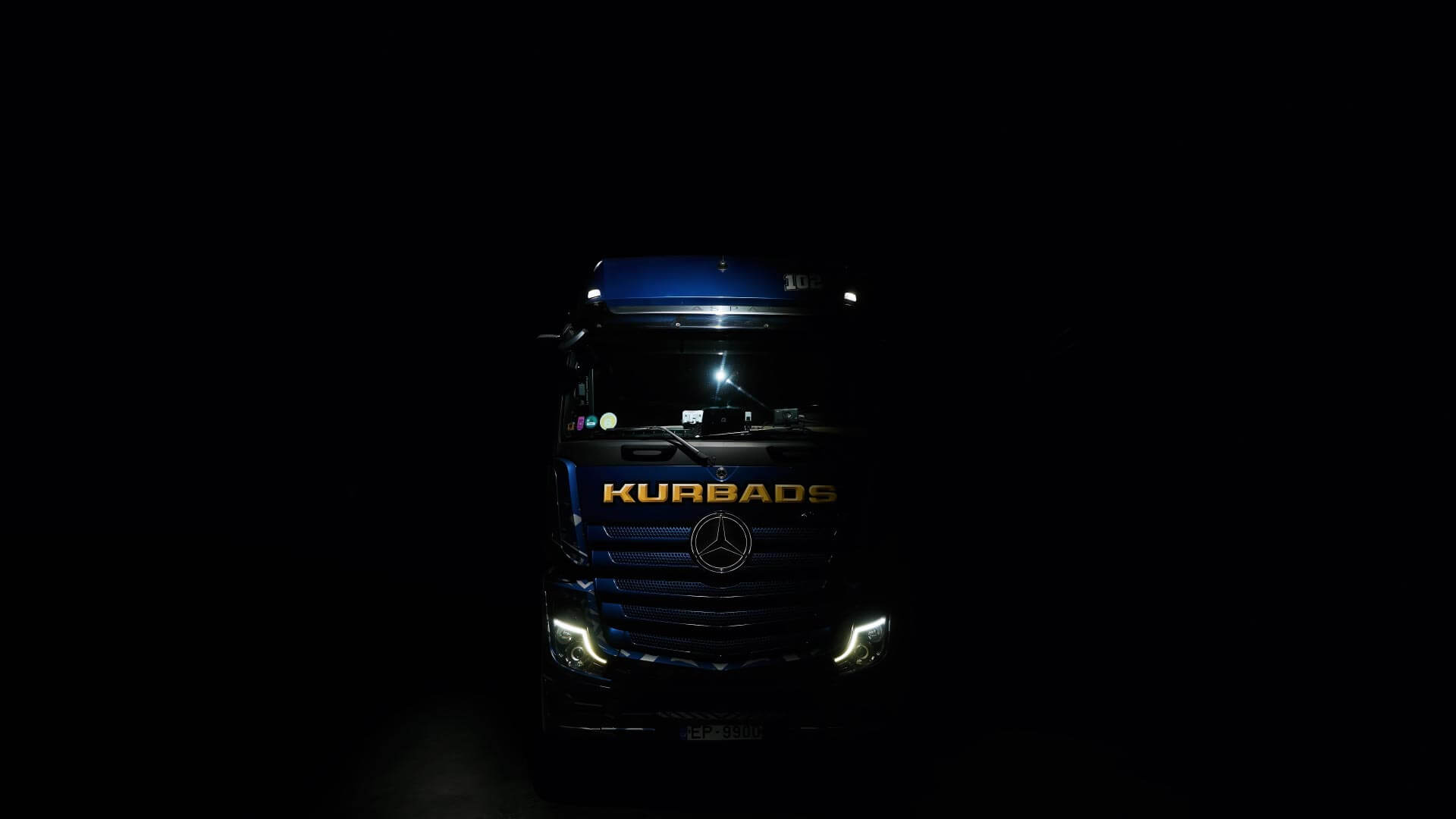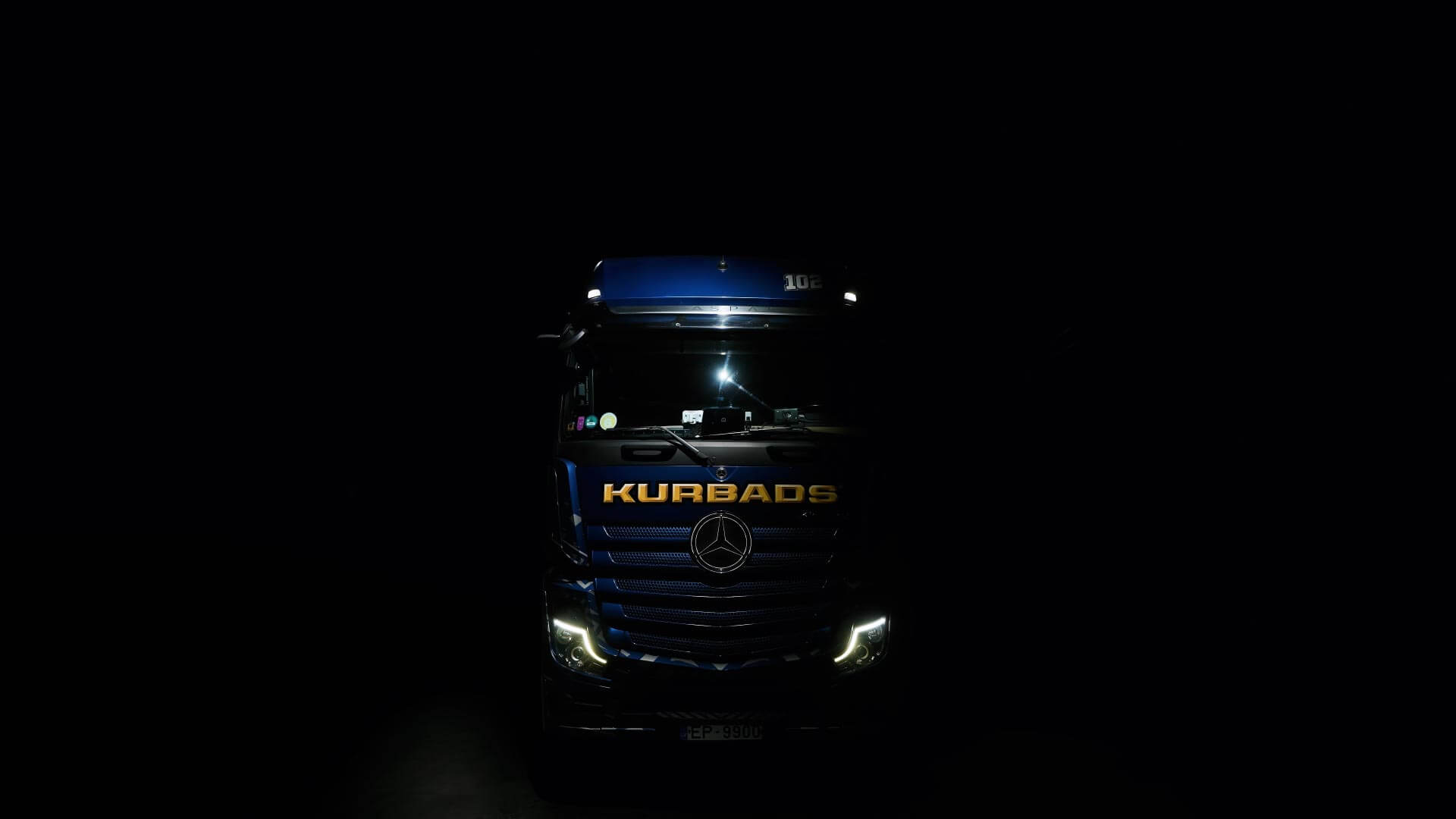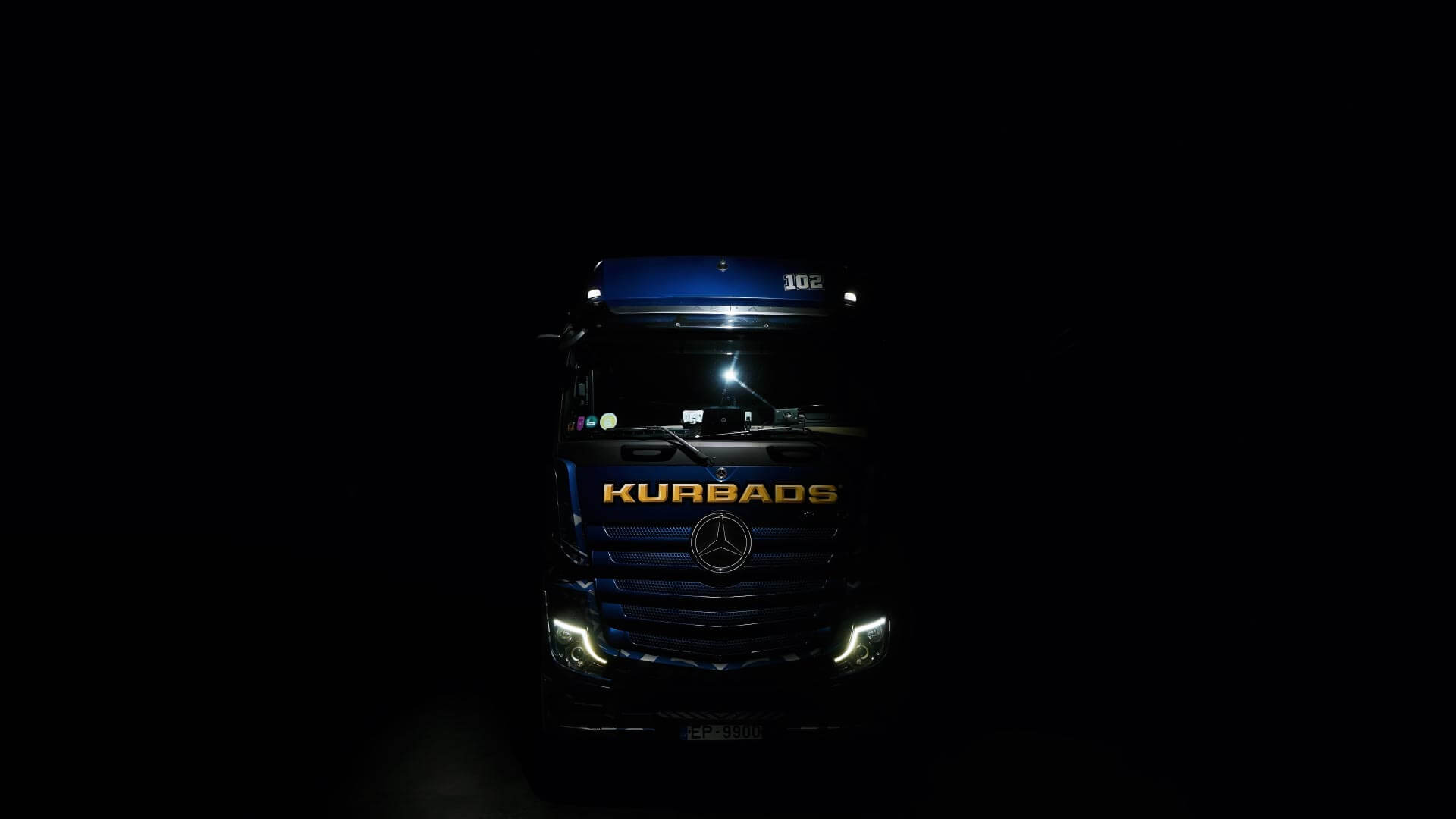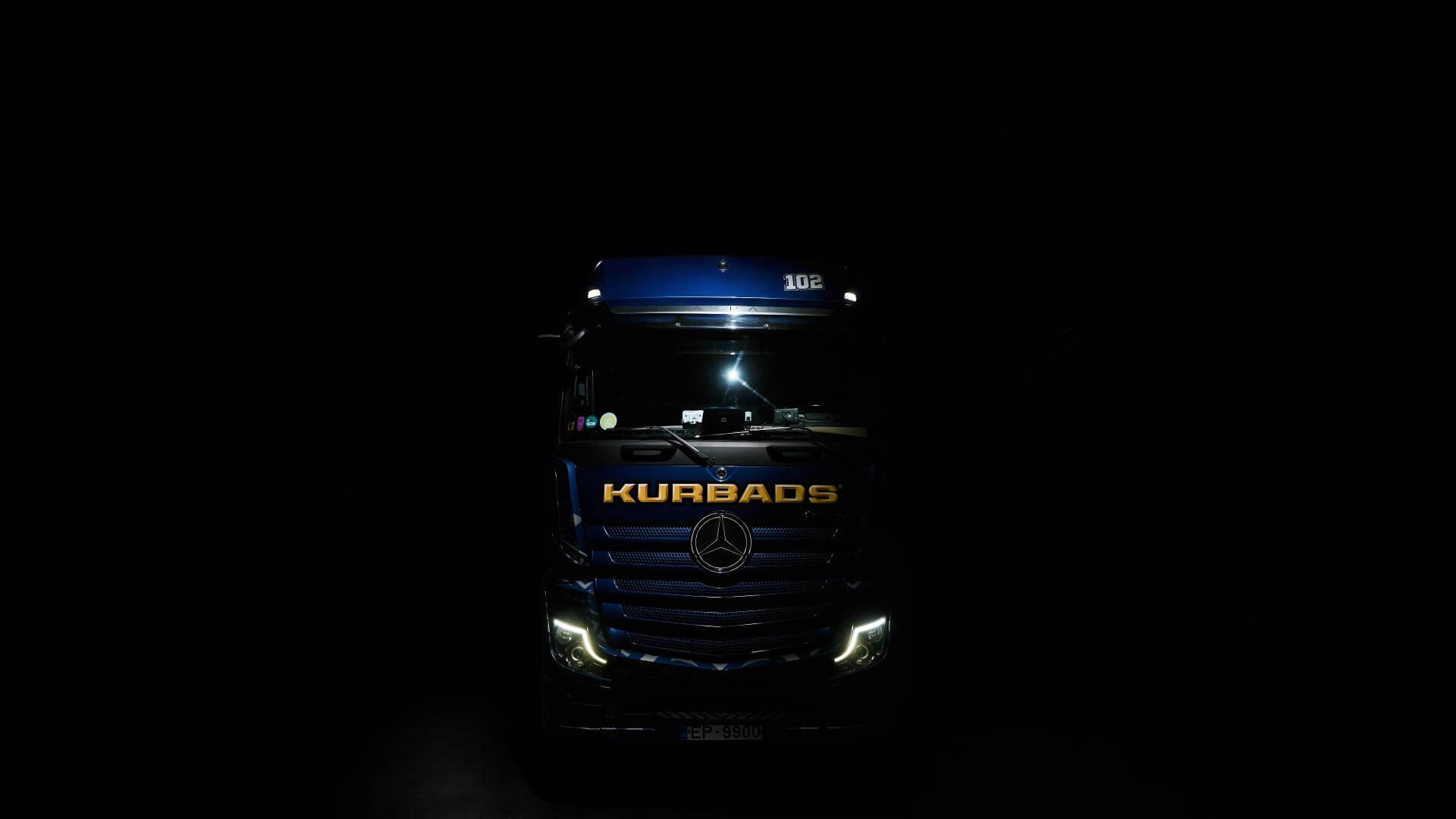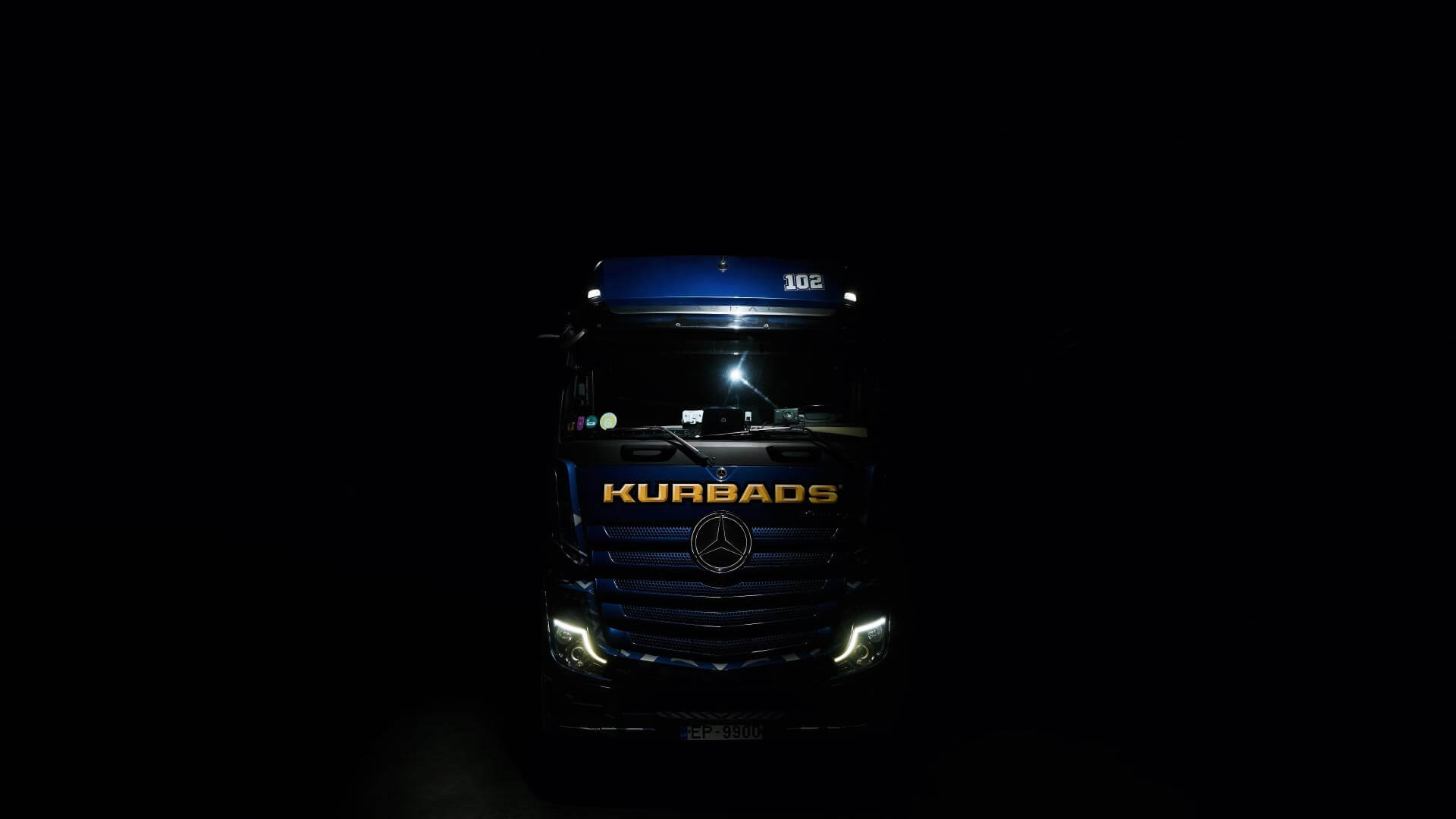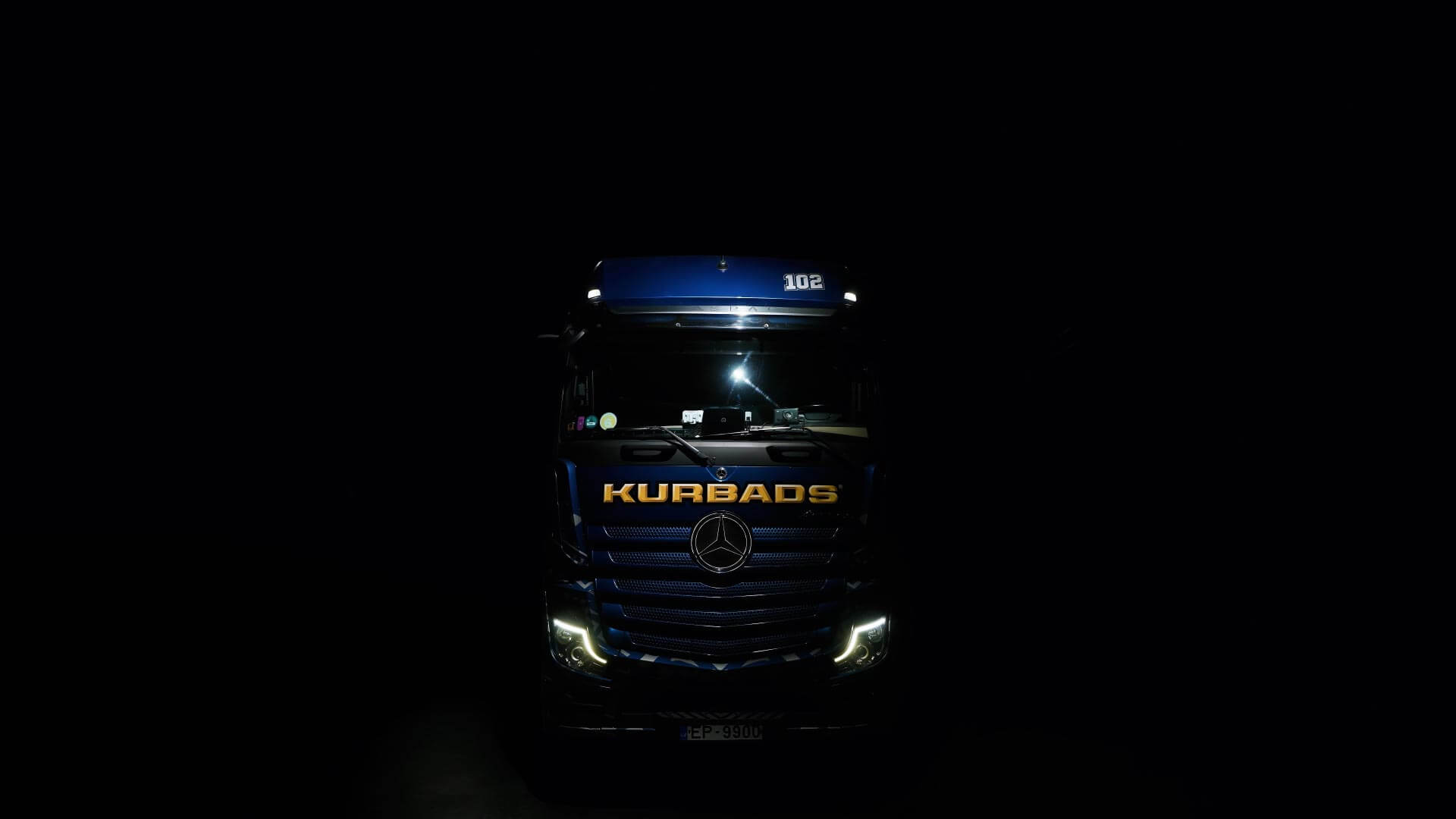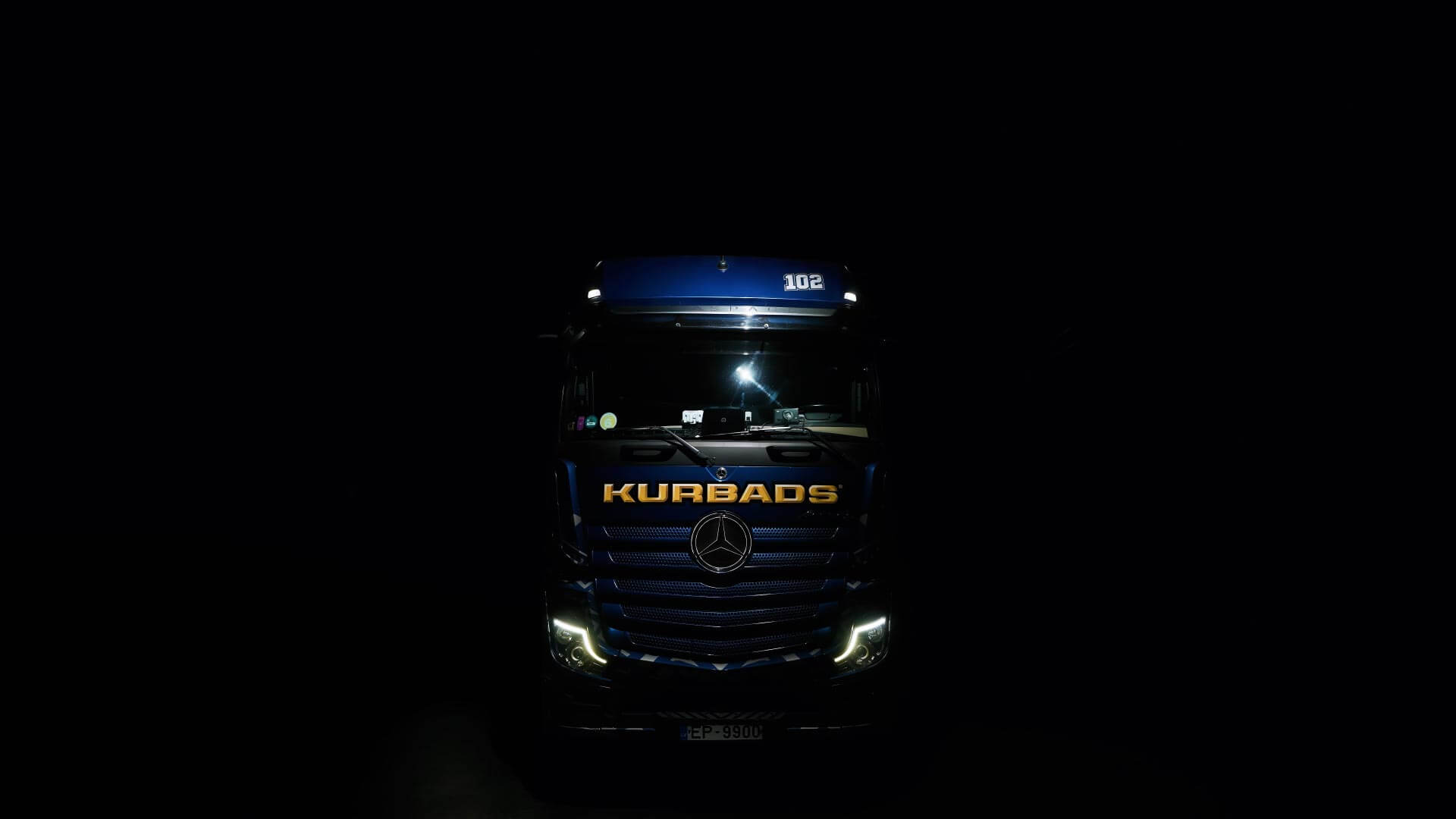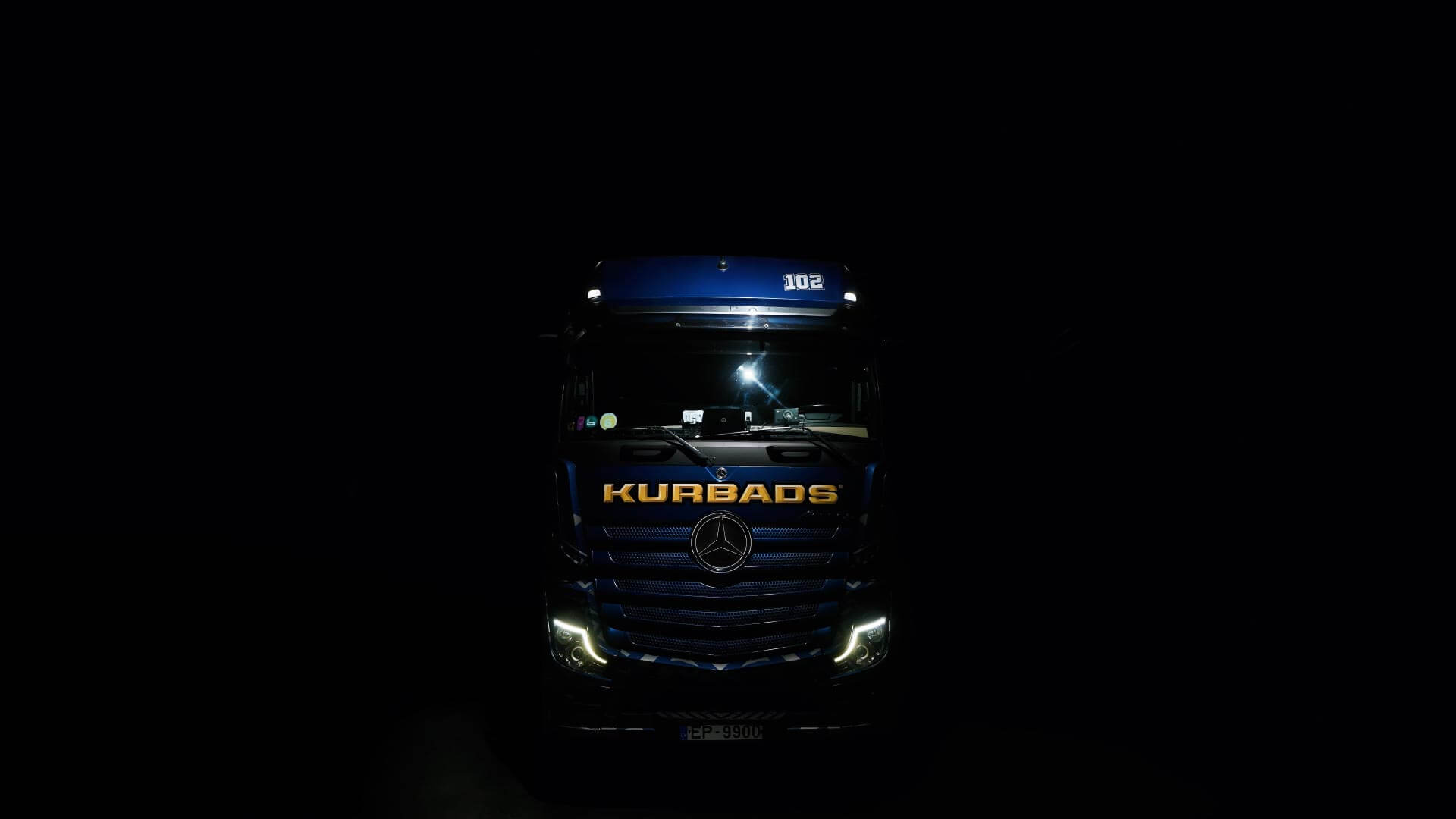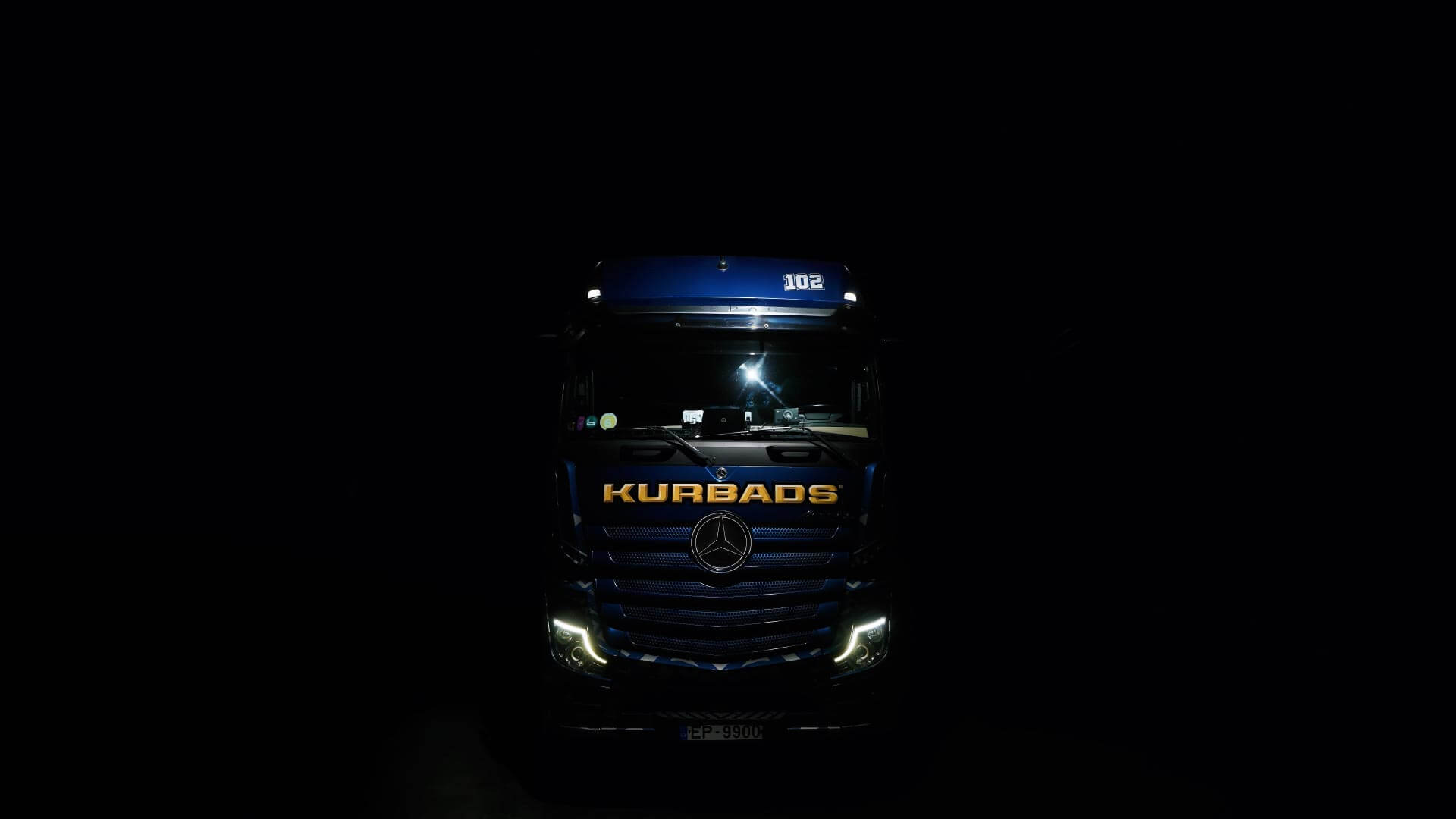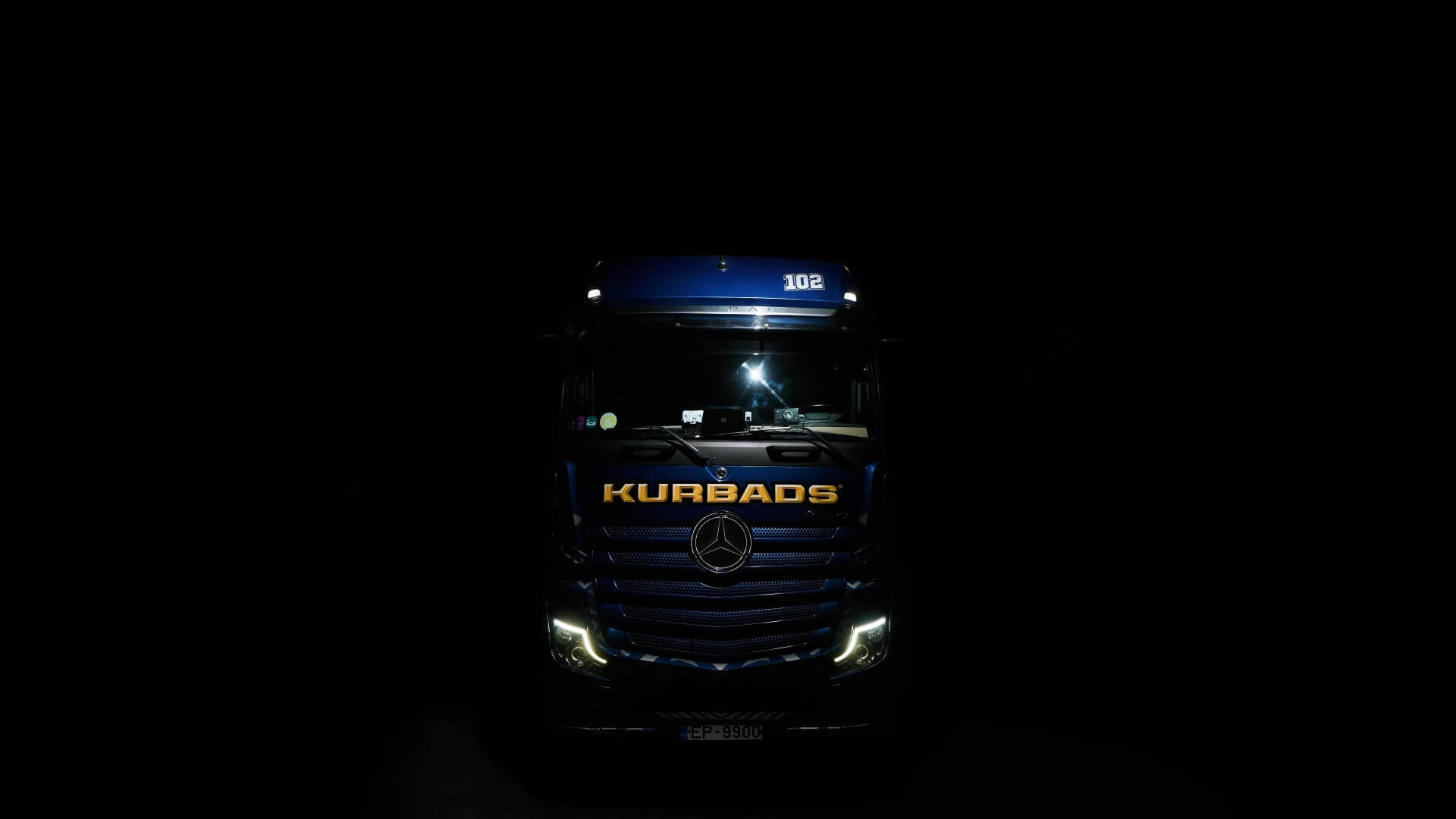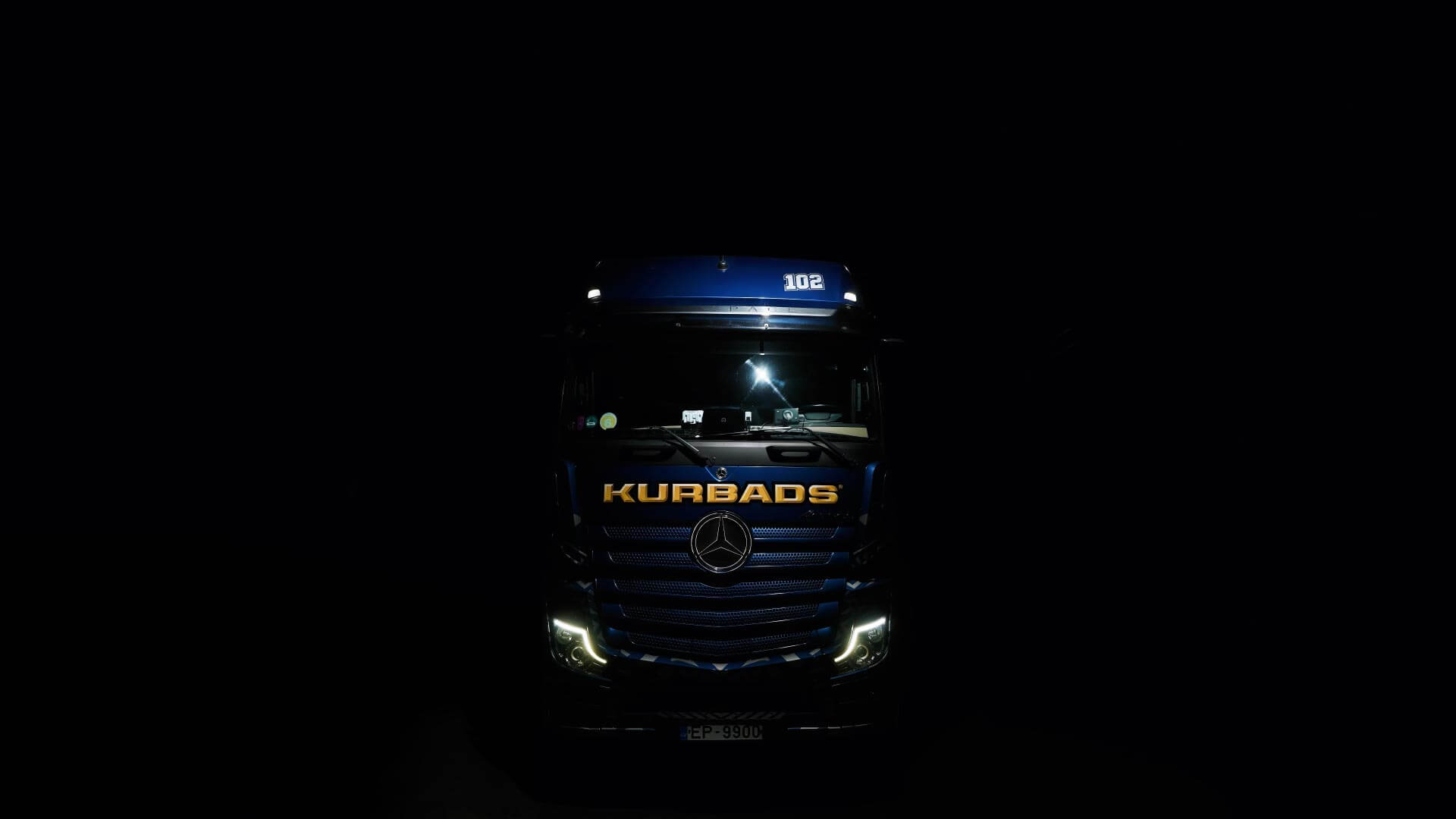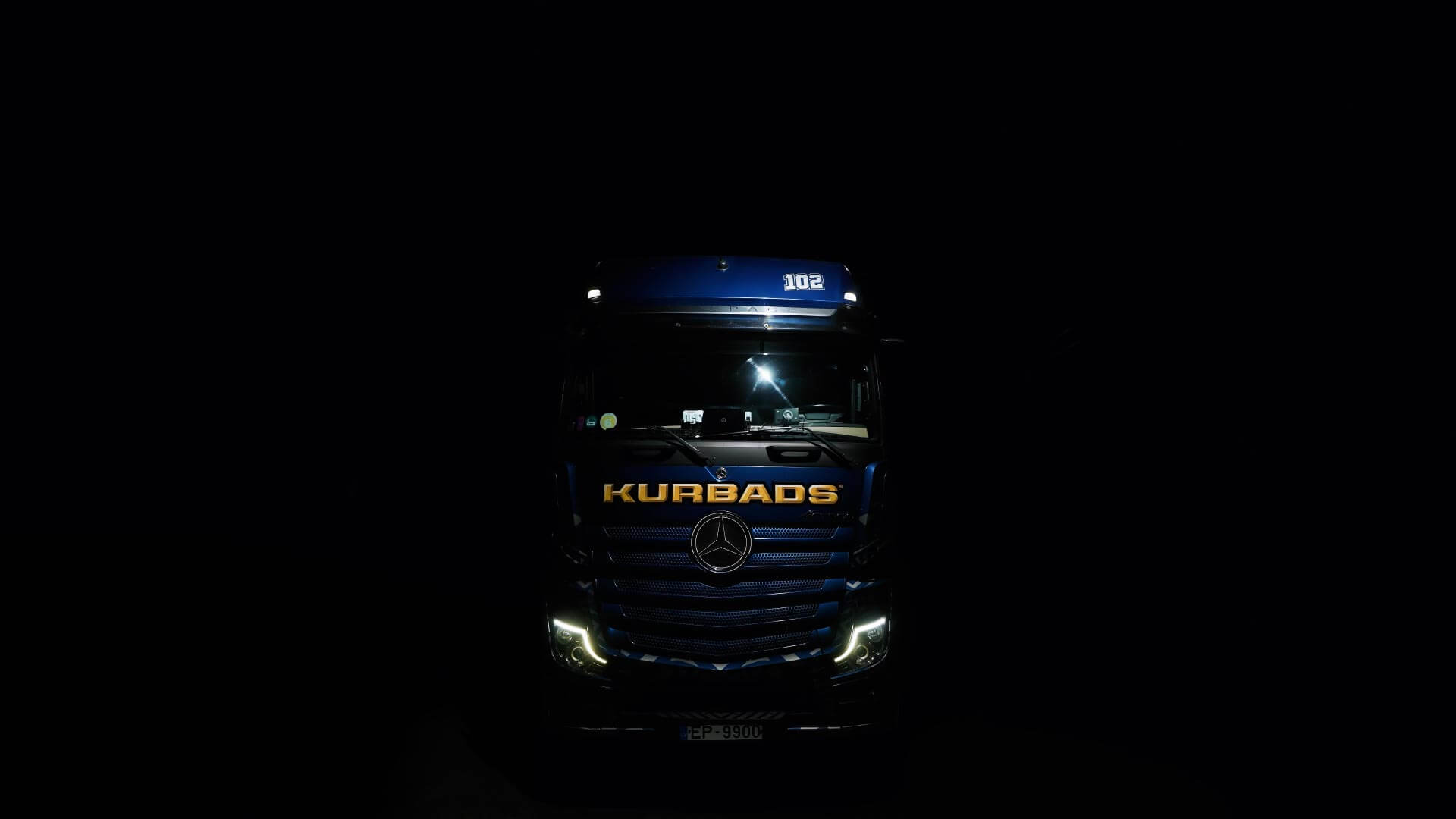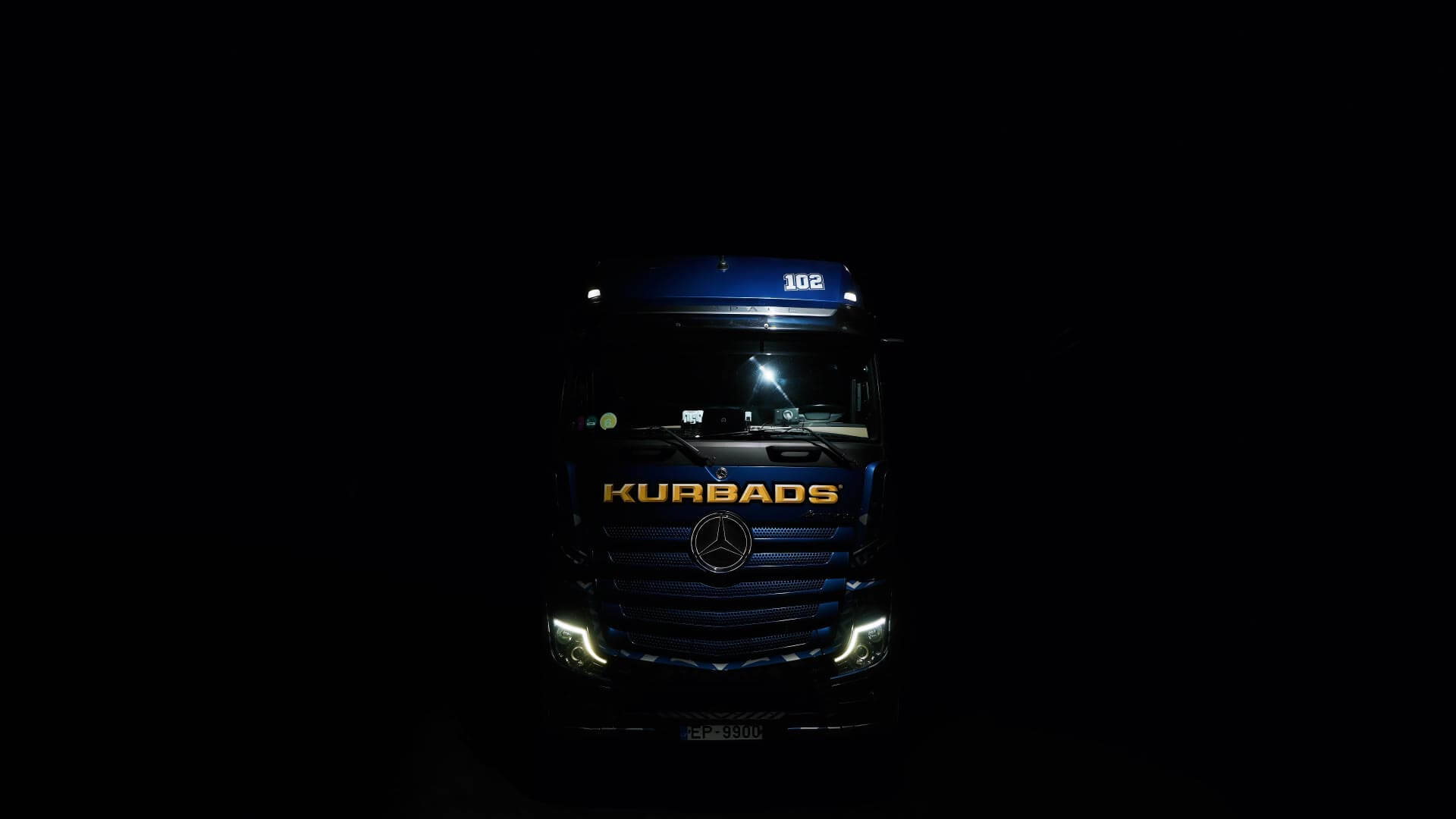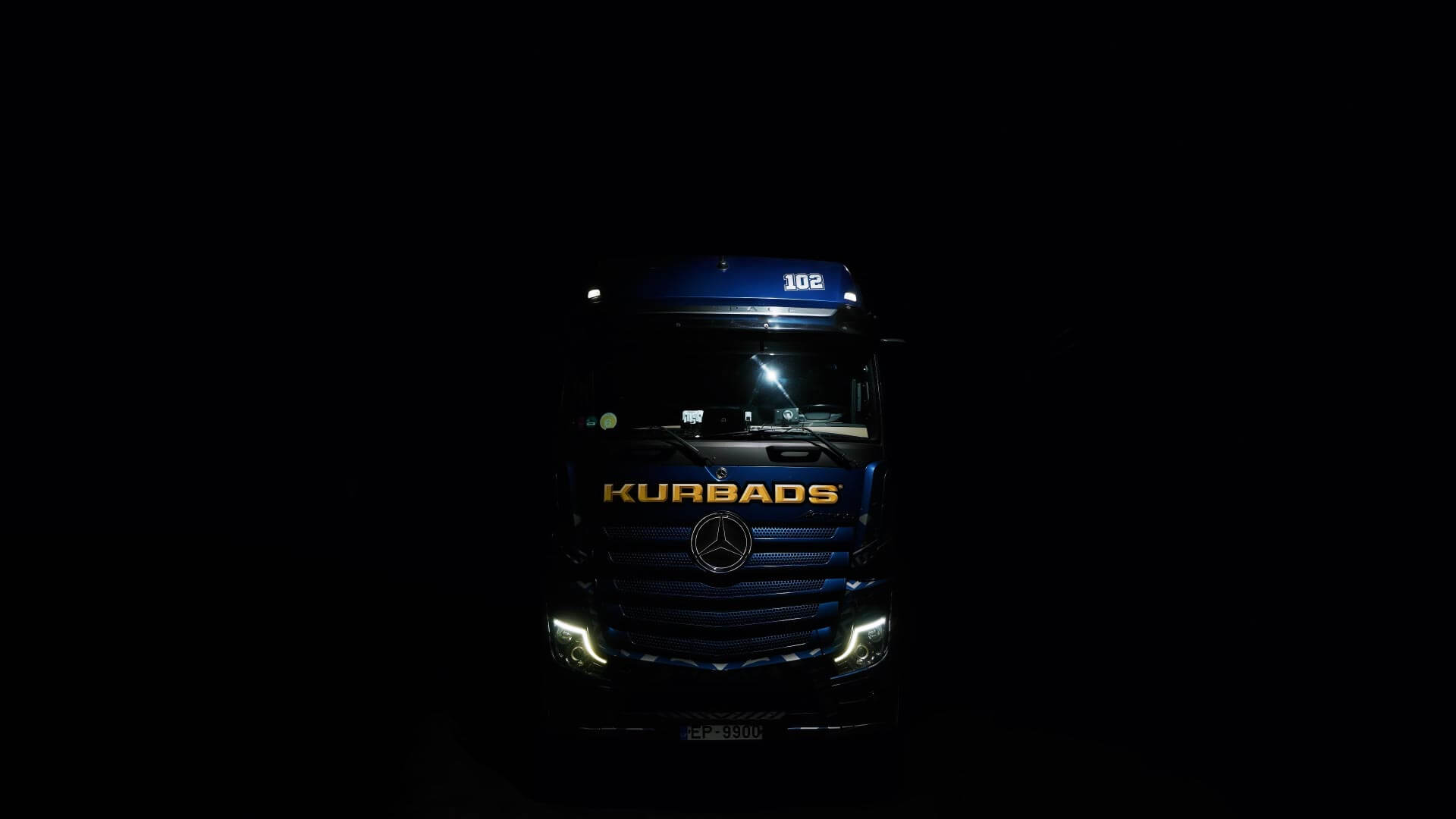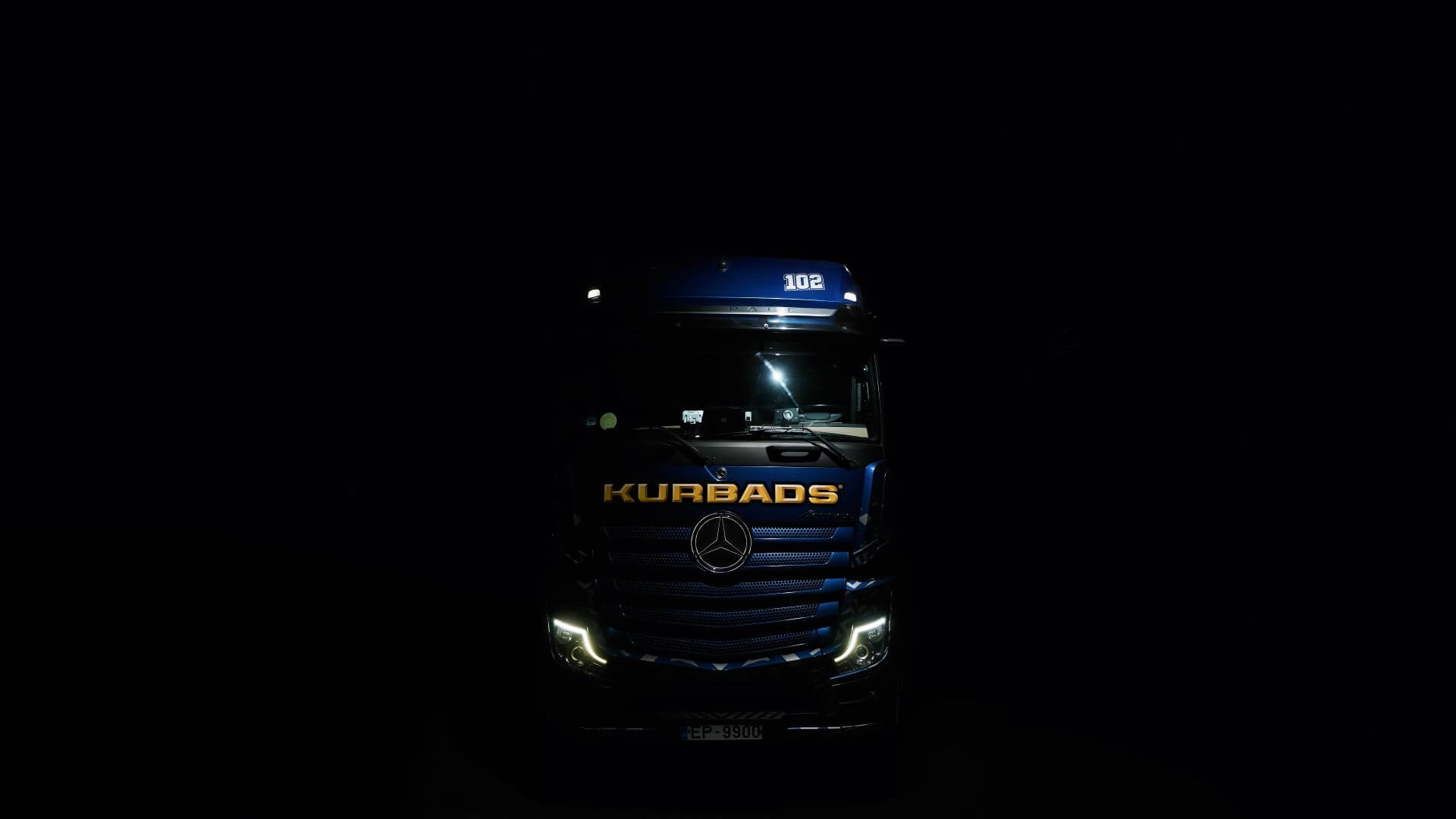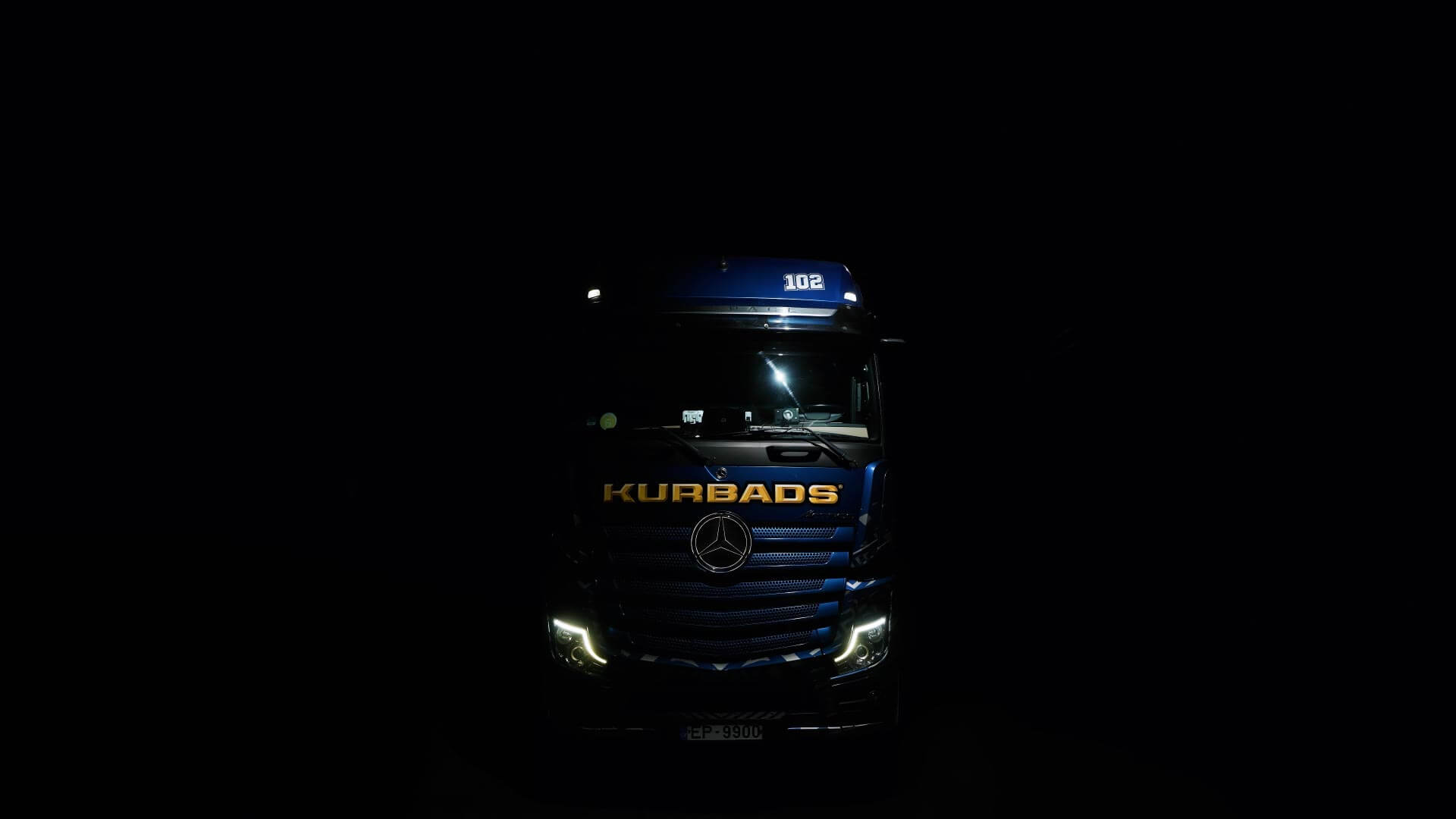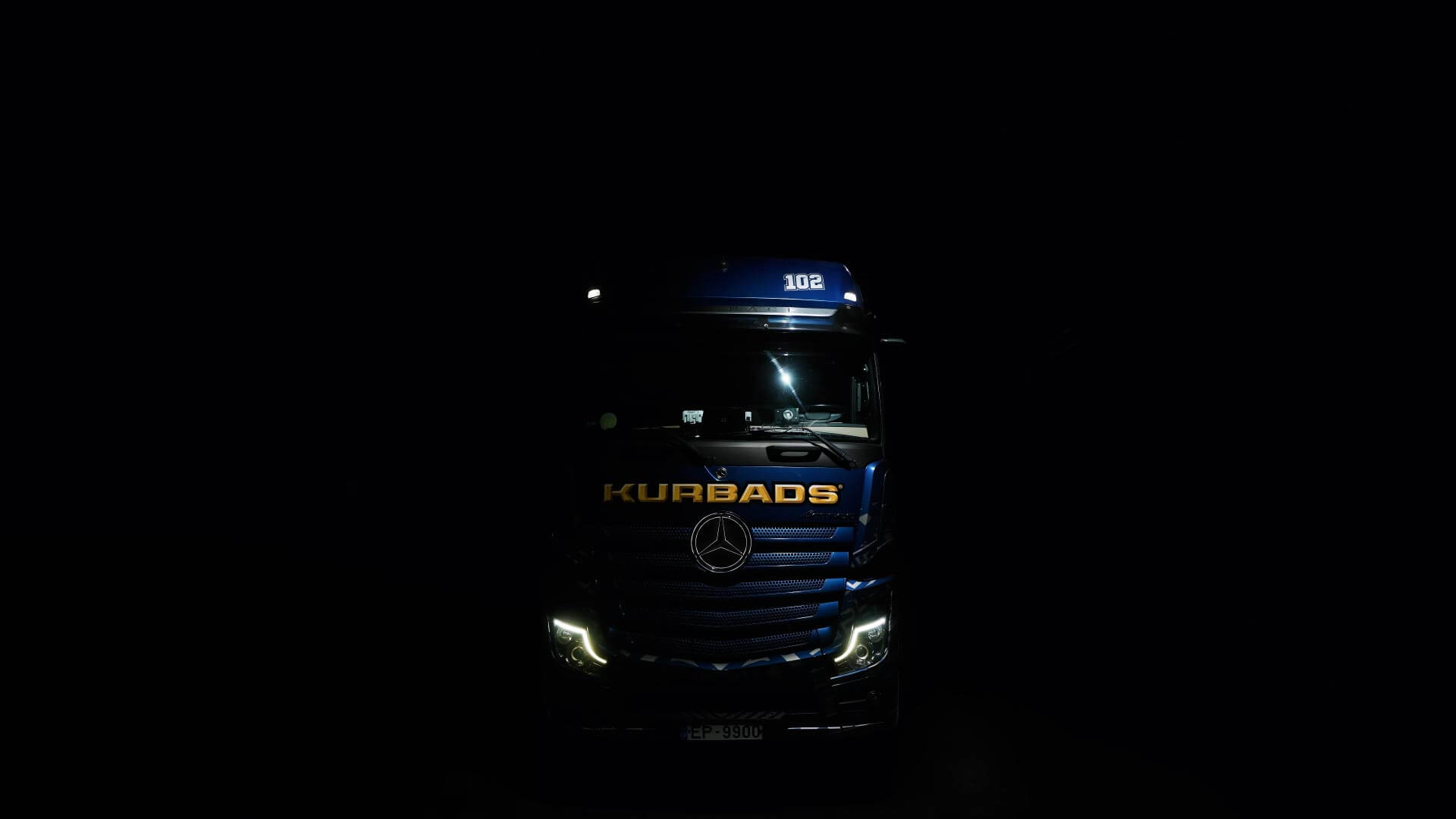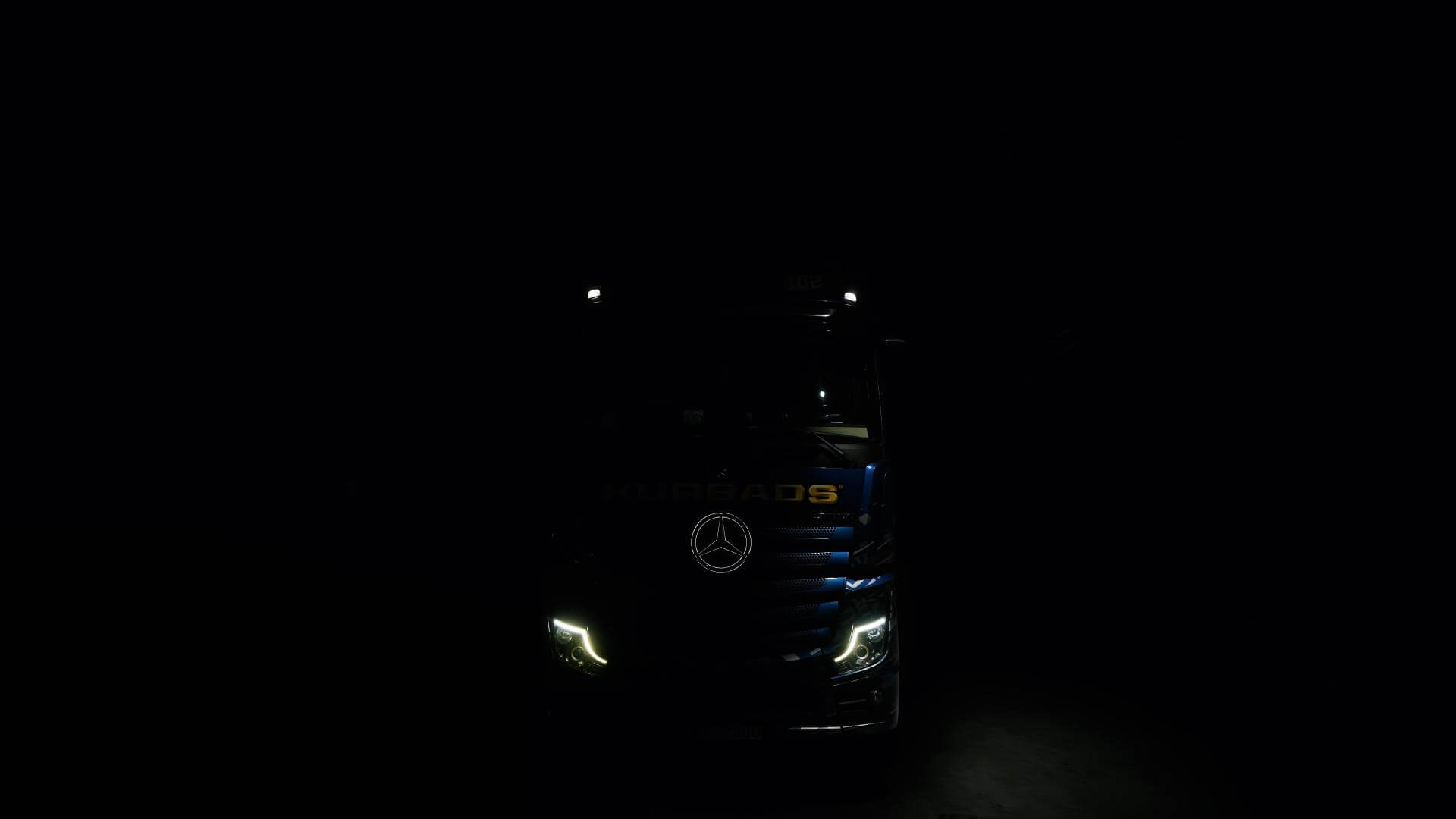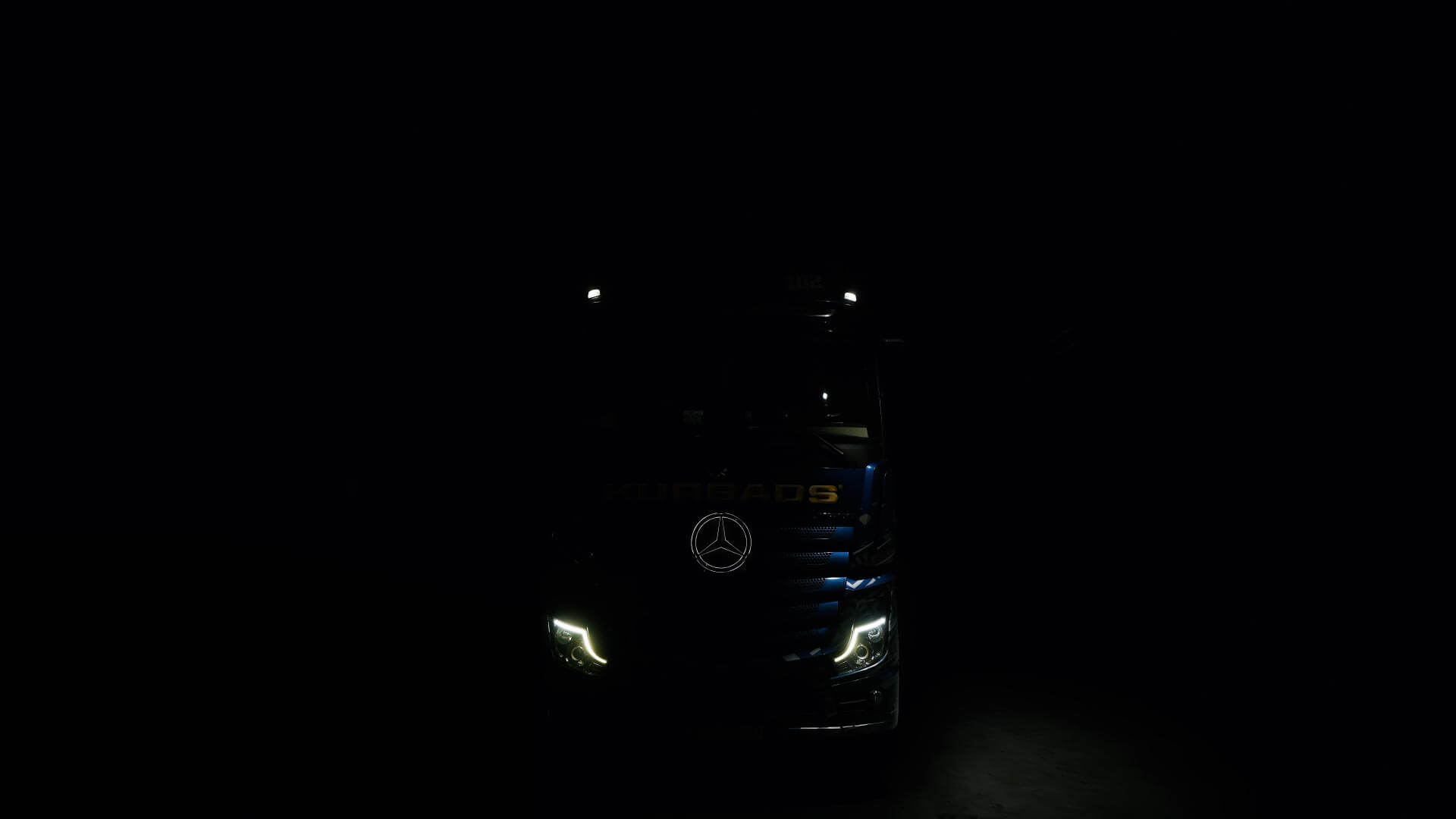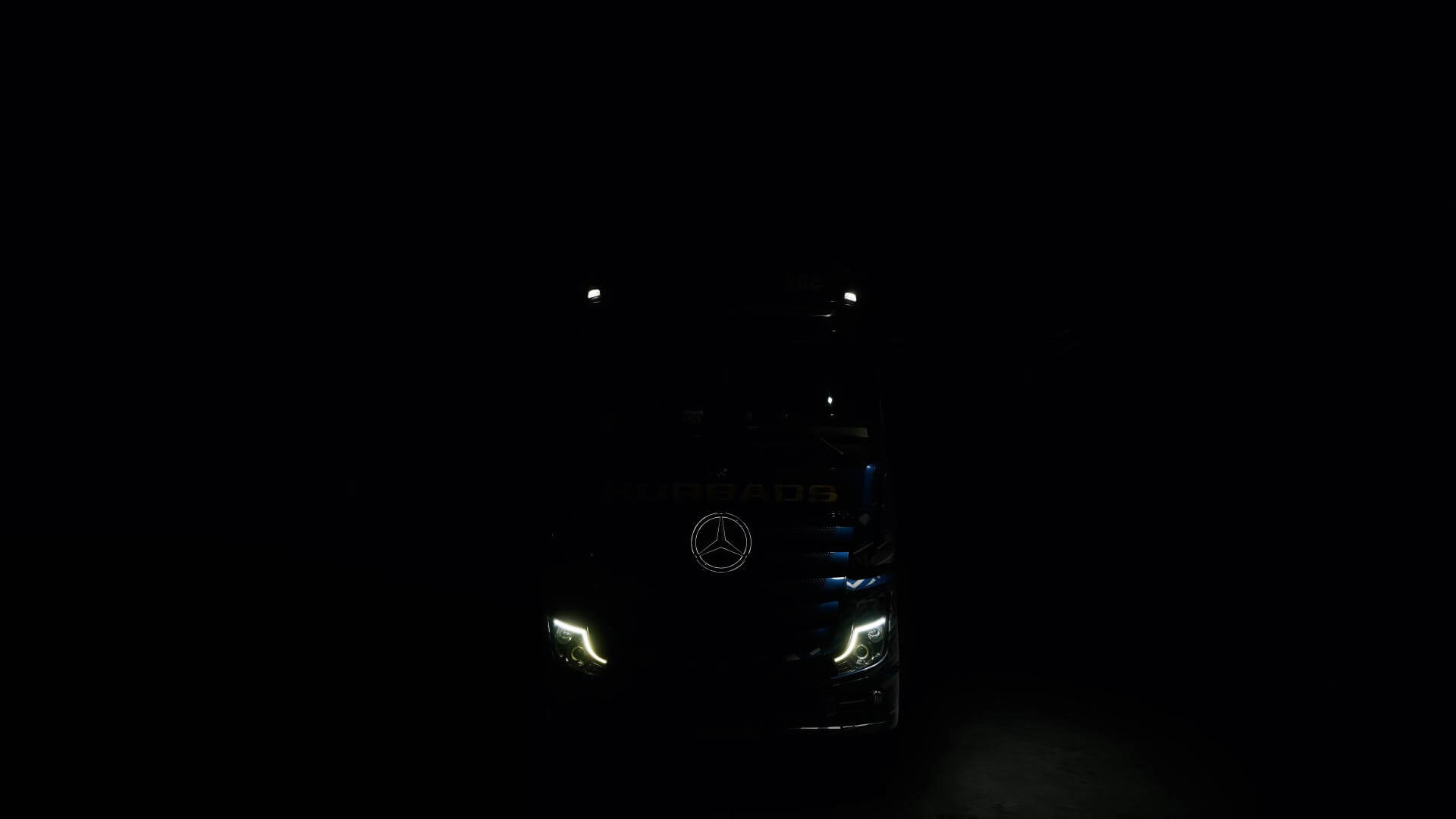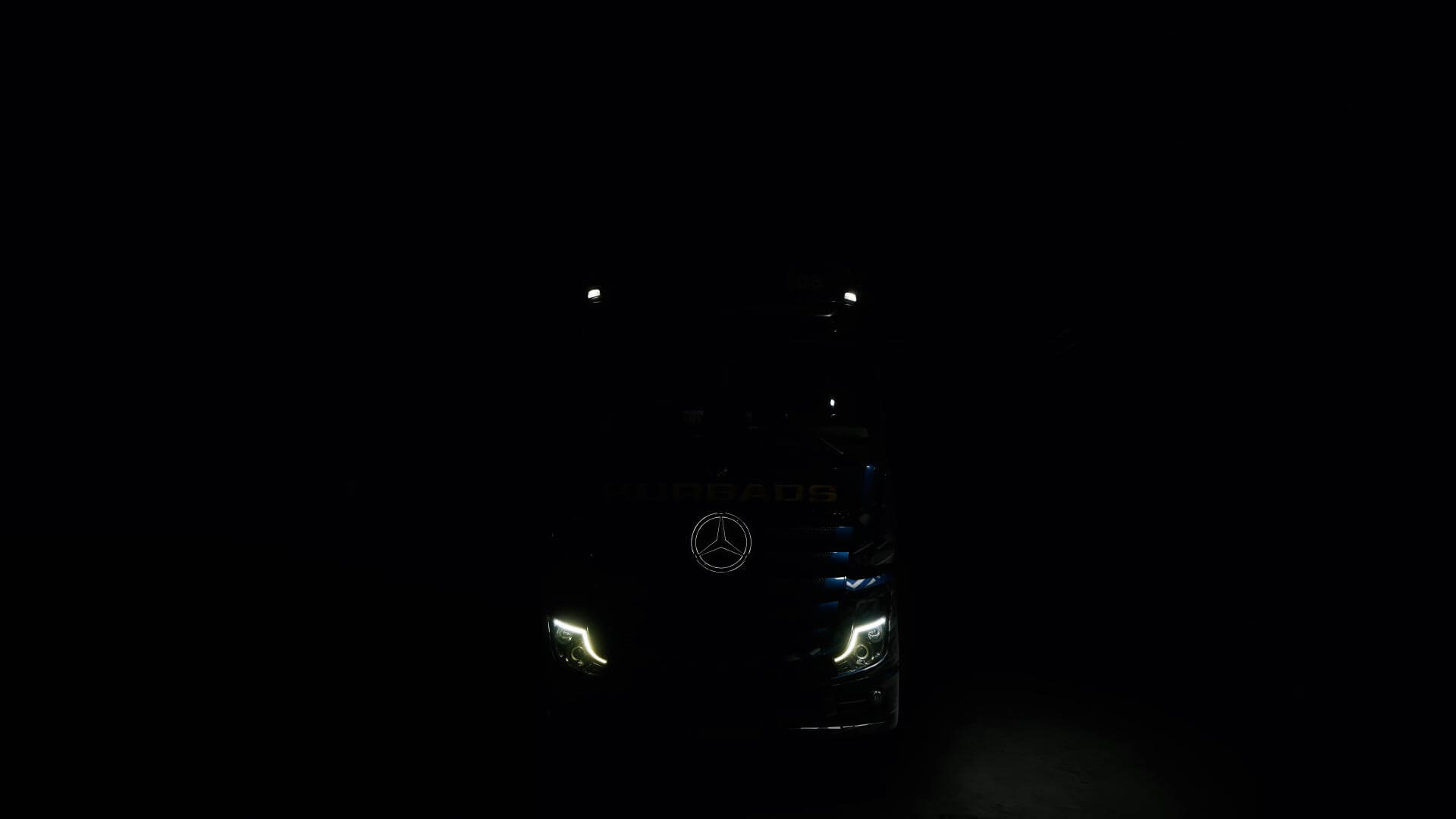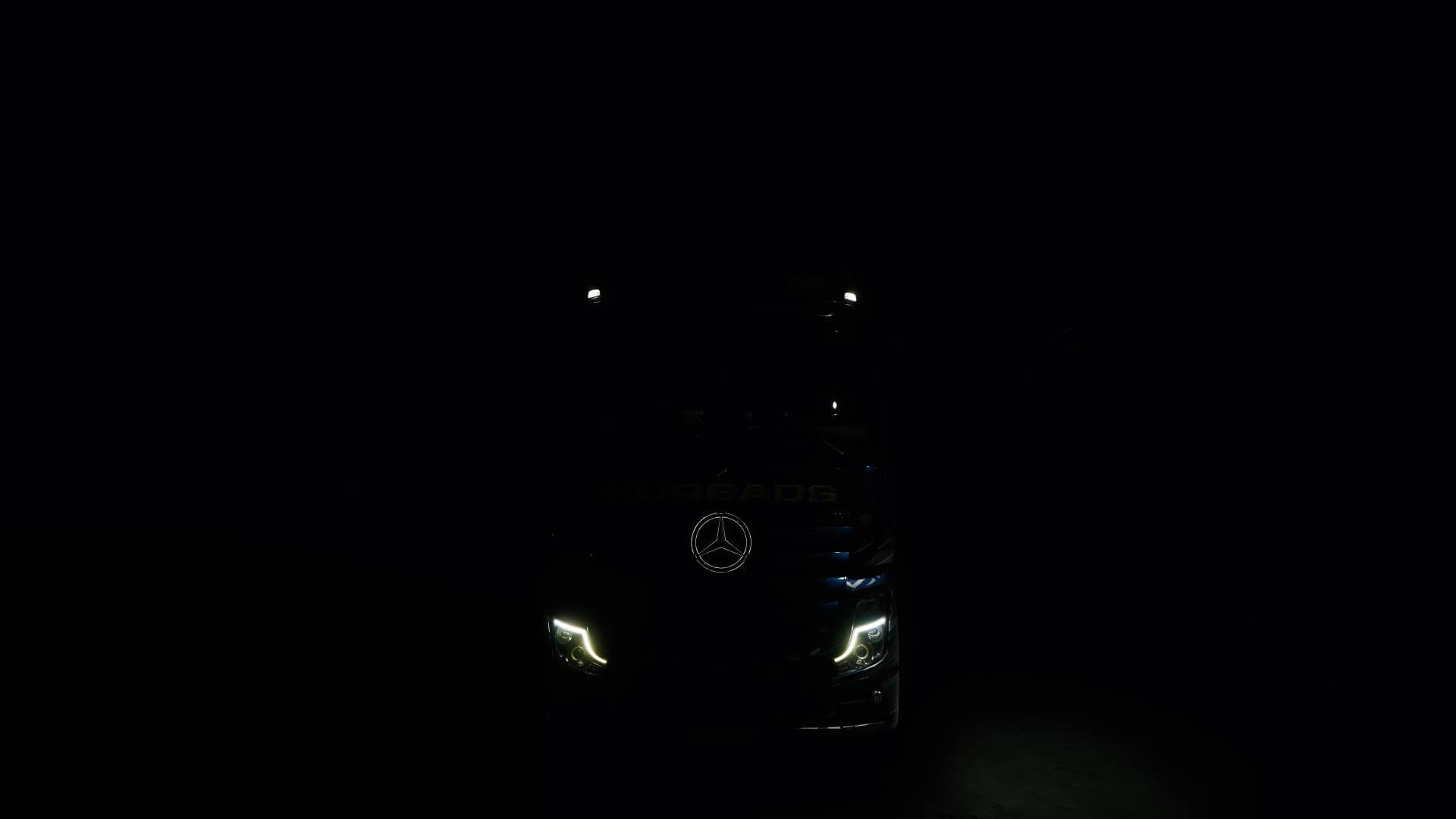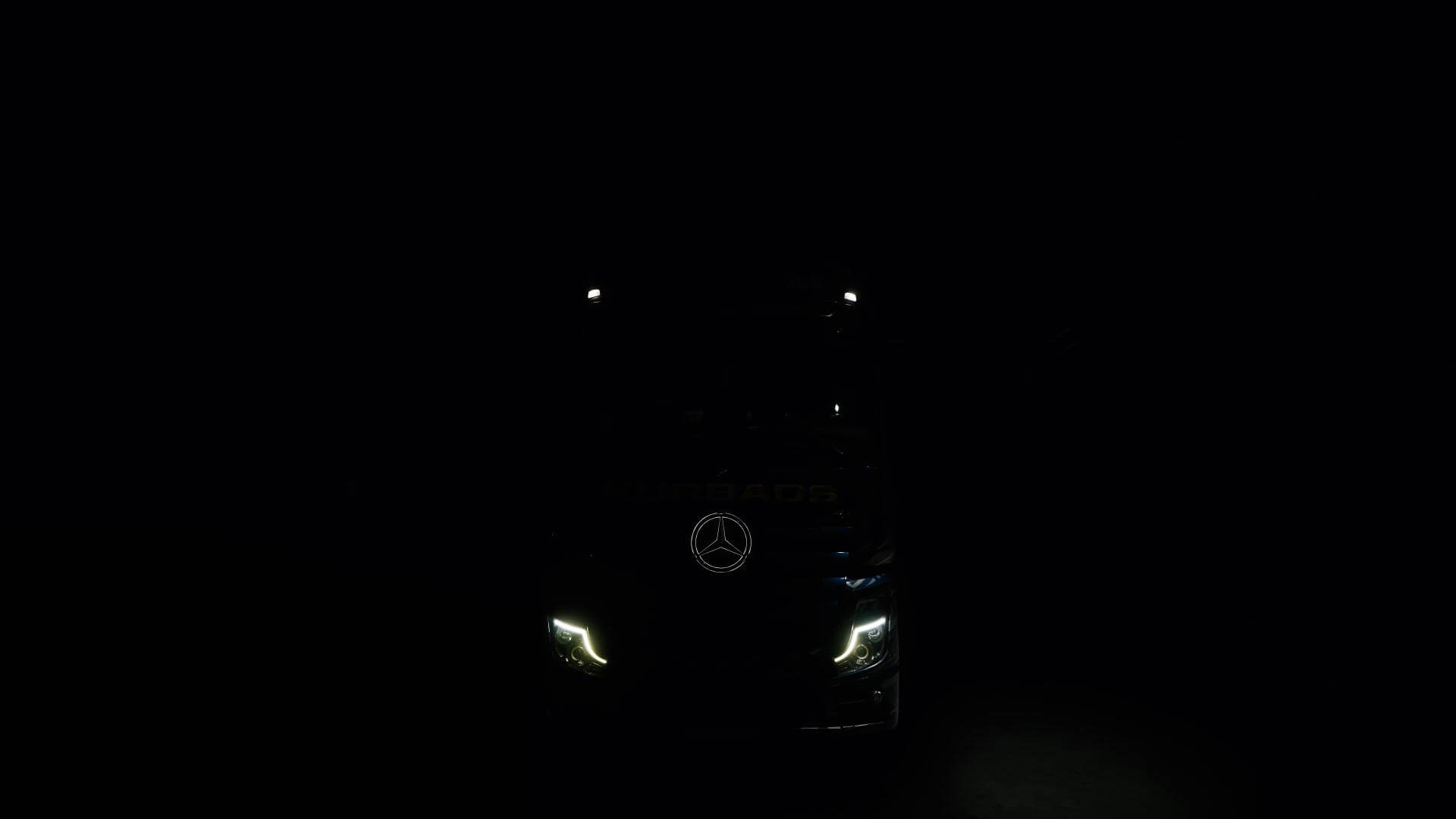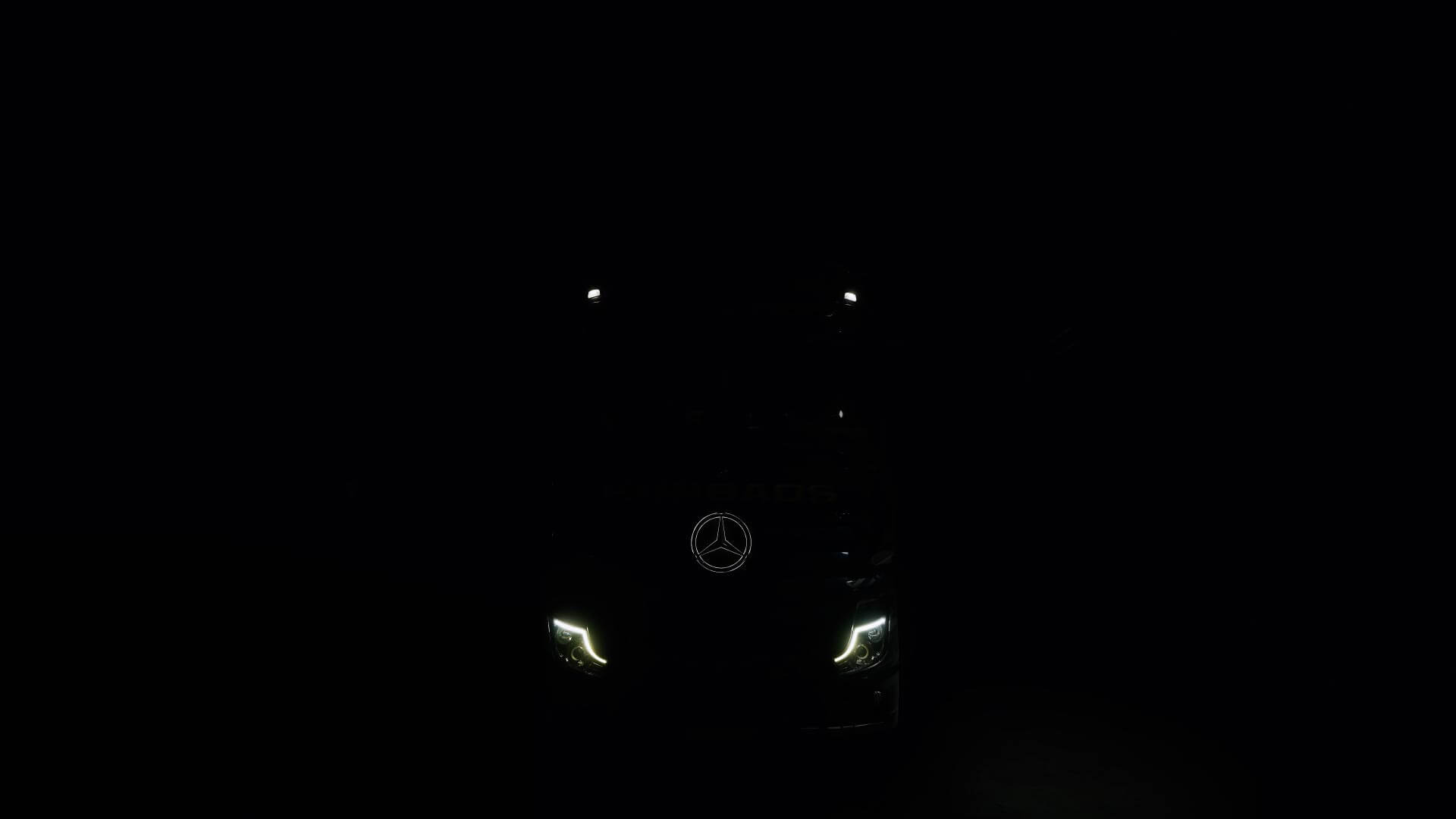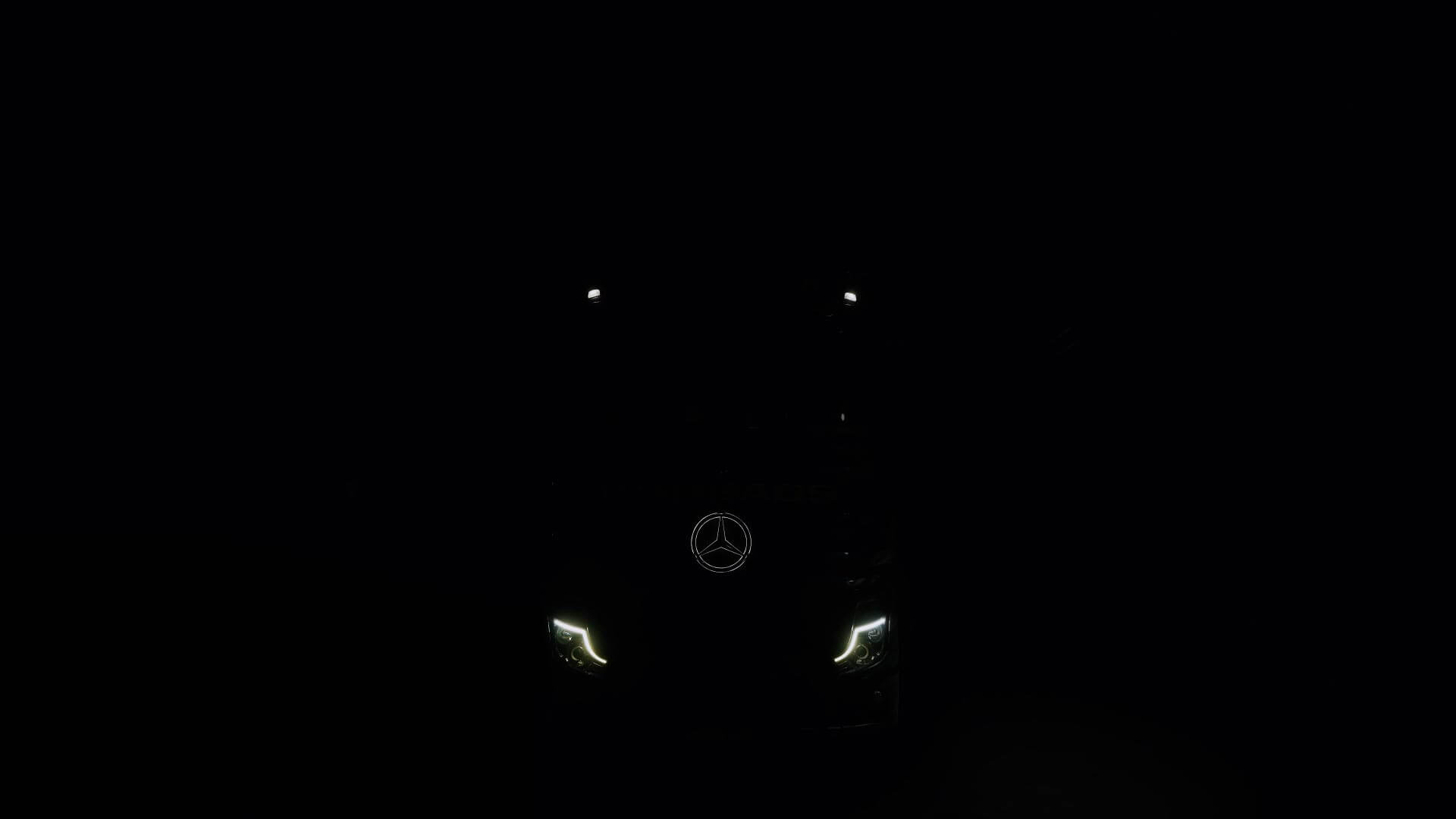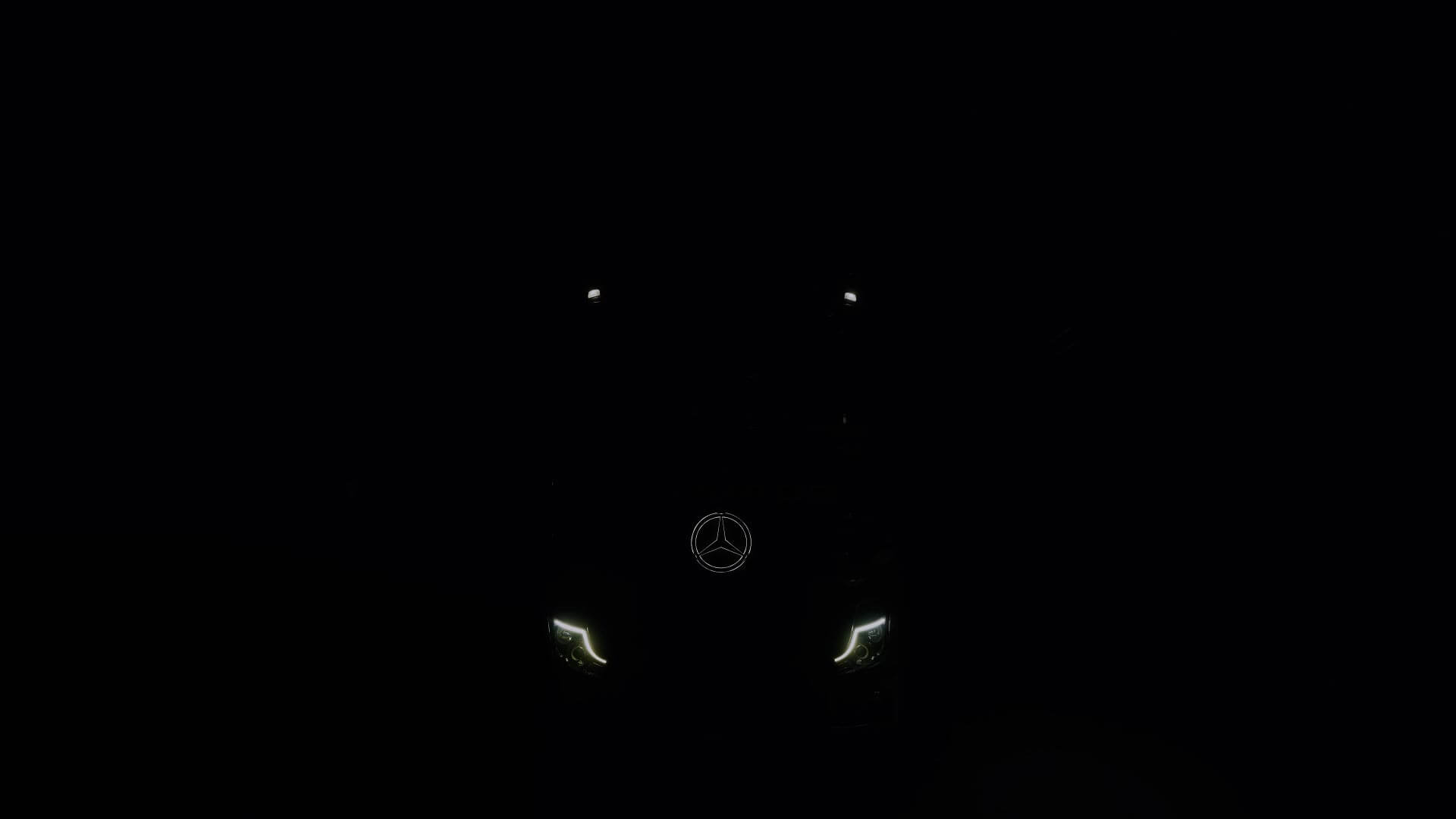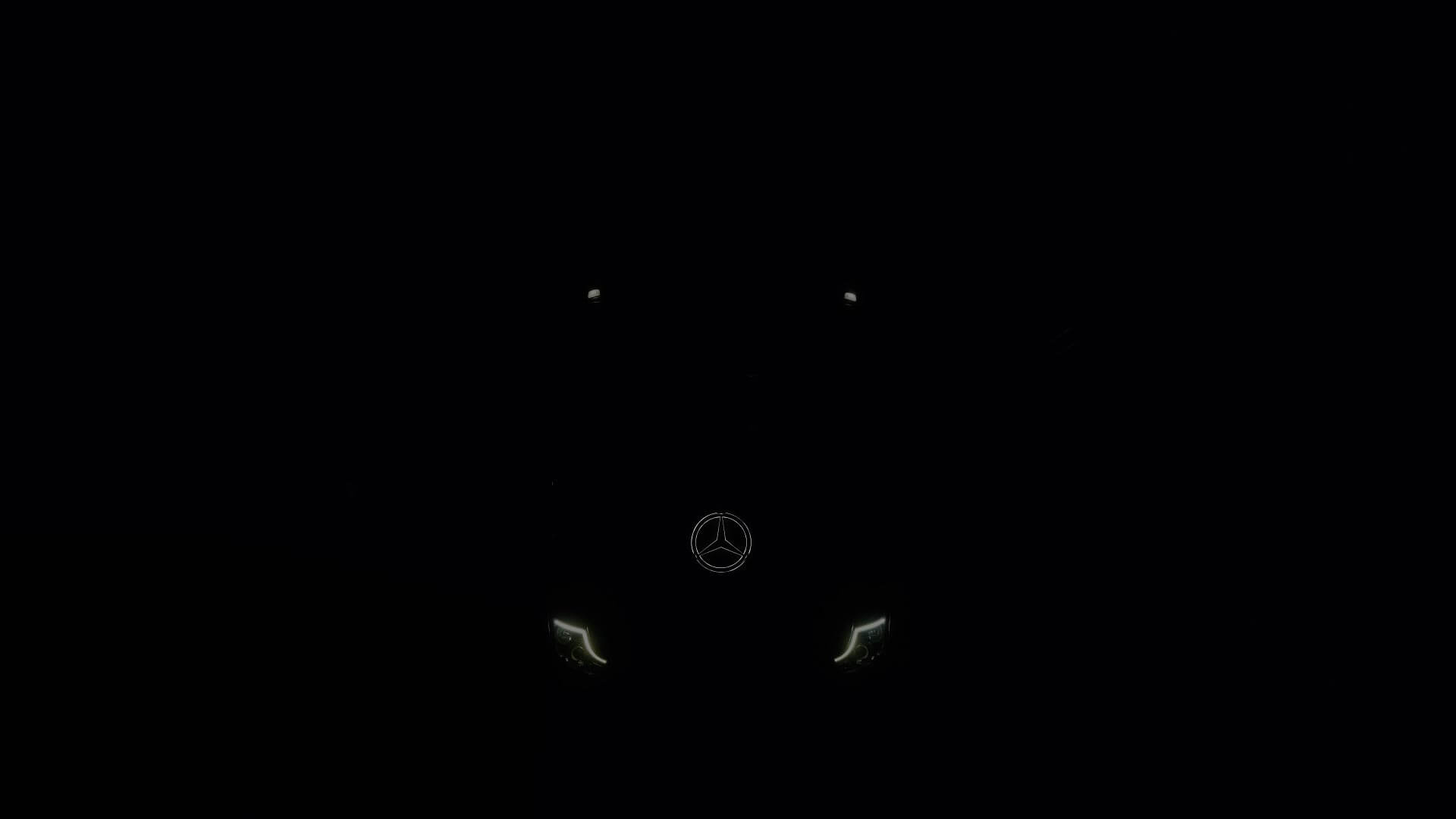Vietnē tiek vākti dati par Vietnes apmeklētājiem, tādējādi gūstot iespēju Vietnes uzturētājam izvērtēt, cik noderīga ir Vietne, un kā to varētu uzlabot.
Pārzinis nemitīgi pilnveido Vietni, ar mērķi, uzlabot tās lietošanu, tāpēc Pārzinim ir jāzina, kāda informācija ir svarīga Vietnes apmeklētājiem, cik bieži viņi šo Vietni apmeklē, kādas ierīces un pārlūkprogrammu viņi izmanto, no kāda reģiona nāk apmeklētāji, un kādu saturu vislabprātāk lasa.
Pārzinis izmanto sistēmu Google Analytics, kas ļauj Pārzinim analizēt, kā apmeklētāji izmanto Vietni. Par to, kā darbojas Google Analytics pamatprincipi, iespējams uzzināt Google mājas lapā https://support.google.com/analytics/answer/1012034?hl=lten&ref_topic=6157800. Pārzinis izmanto savāktos datus savās tiesiskajās interesēs, lai uzlabotu izpratni par Vietnes apmeklētāju vajadzībām un uzlabotu pieejamību Pārziņa publiskotajai informācijai. Apmeklētājs jebkurā laikā var pārtraukt datu vākšanu Google Analytics, kā tas ir aprakstīts šeit: https://tools.google.com/dlpage/gaoptout/.
Serveris, kurā izvietota Vietne, var reģistrēt apmeklētāja nosūtītos pieprasījumus (izmantotā ierīce, pārlūkprogramma, IP adrese, piekļuves datums un laiks). Šajā punktā minētie dati tiek izmantoti tehniskiem nolūkiem: lai nodrošinātu Vietnes pienācīgu funkcionēšanu un drošību un izmeklētu iespējamos drošības incidentus. Šajā punktā minēto datu vākšanas pamats ir Pārziņa tiesiskā interese nodrošināt Vietnes tehnisku pieejamību un integritāti.
Sīkdatnes ir nelieli faili, kurus, katru reizi, kad apmeklētājs apmeklē Vietni, pārlūkprogramma saglabā apmeklētāja datorā tādā apmērā, kā norādīts apmeklētāja datora pārlūkprogrammas iestatījumos. Atsevišķas sīkdatnes tiek izmantotas, lai atlasītu un piemērotu apmeklētājam piedāvājamo informāciju un reklāmas, pamatojoties uz saturu, ko apmeklētājs aplūkojis agrāk, un tādējādi veidotu apmeklētājiem Vietnes lietošanu vienkāršu, ērtu un individuāli piemērotu. Papildu informāciju par sīkdatnēm, kā arī to dzēšanu un pārvaldīšanu, var iegūt mājaslapā www.aboutcookies.org.
Vietne izmanto sīkdatnes, lai vāktu lietotāja IP adreses un pārlūkošanas informāciju un ļautu Vietnei atcerēties apmeklētāja izvēli. Sīkdatnes ļauj Pārzinim sekot līdzi Vietnes datu plūsmai un lietotāju mijiedarbībai ar Vietni – Pārzinis izmanto šos datus, lai analizētu apmeklētāju uzvedību un uzlabotu Vietni. Sīkdatņu izmantošanas tiesiskais pamats ir Pārziņa leģitīmā interese nodrošināt Vietnes funkcionalitāti, pieejamību un integritāti.
Apmeklētājs var kontrolēt un/vai dzēst sīkdatnes pēc savas izvēles. Plašāka informācija par šo procesu ir pieejama šeit www.aboutcookies.org. Apmeklētājs var izdzēst visas sīkdatnes, kuras ir viņa datorā, un lielāko daļu pārlūkprogrammu var iestatīt tā, lai tiktu bloķēta sīkdatņu ievietošana datorā. Apmeklētājs var atteikties no sīkdatnēm pārlūkprogrammas izvēlnē vai https://tools.google.com/dlpage/gaoptout. Lai veiktu nepieciešamos uzstādījumus, apmeklētājam nepieciešams iepazīties ar savas pārlūkprogrammas noteikumiem. Sīkdatņu bloķēšanas gadījumā apmeklētājam manuāli būs jāpielāgo iestatījumi ikreiz, kad tiks apmeklēta Vietne, turklāt pastāv iespējamība, ka daži pakalpojumi un funkcijas nedarbosies.
Statistikas datiem par Vietnes apmeklētājiem var piekļūt tikai tie Pārziņa darbinieki, kuri ir atbildīgi par tādu datu analīzi.
Ja nav noteikts citādi, sīkdatnes tiek glabātas, kamēr tiek izpildīta darbība, kādam nolūkam tās vāktas, un pēc tam tās tiek dzēstas.
Gadījumā ja Pārziņa Vietnē ir paraudzēta foruma vai komentāru iespēja, šādā gadījumā, Vietnē tiek saglabāti IP adrese, kā arī dati, ko norādījis pats apmeklētājs. Sīkdatnes, kas satur šos datus, Jūsu ērtībām (lai nākamreiz nebūtu jāraksta pa jaunu) var tikt saglabātas vienu gadu.
Nodrošina
| SĪKDATNES NOSAUKUMS
| IZMANTOŠANAS NOLŪKS
| UZGLABĀŠANAS ILGUMS
|
|---|
Google Analytics
| _ga
| Izmanto, lai noteiktu tīmekļa vietnes unikālos apmeklētājus, piešķirot katram nejaušā kārtībā ģenerētu identifikatoru (“Google Universal Analytics” sīkdatne)
| 2 gadus no izveidošanas
|
Google Analytics
| _gid
| Izmanto, lai noteiktu tīmekļa vietnes unikālos apmeklētājus (“Google Universal Analytics” sīkdatne)
| 24 stundas no izveidošanas
|
Google Analytics
| _gat_UA-39952253-1
| Izmanto, lai samazinātu Google reģistrēto datu apjomu, ja ir liels lietotāju skaits tīmekļa vietnē (“Google Universal Analytics” sīkdatne)
| 1 minūti no izveidošanas
|










